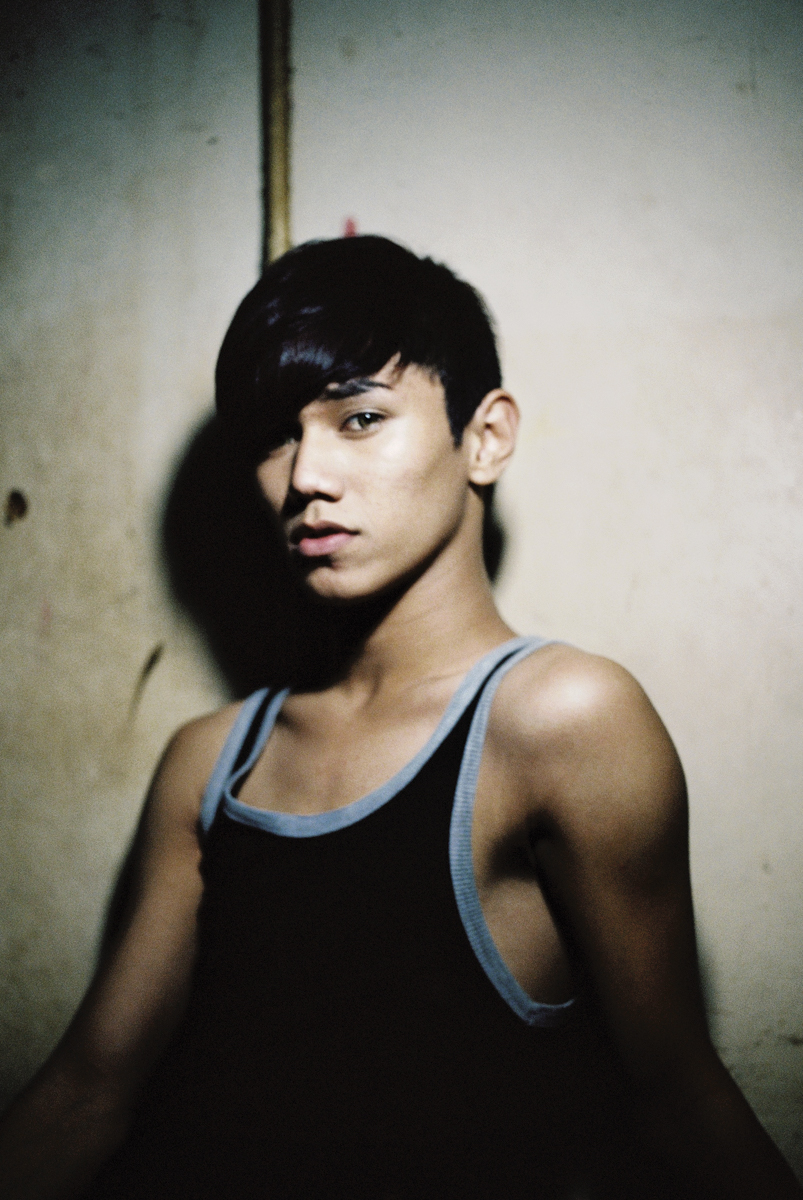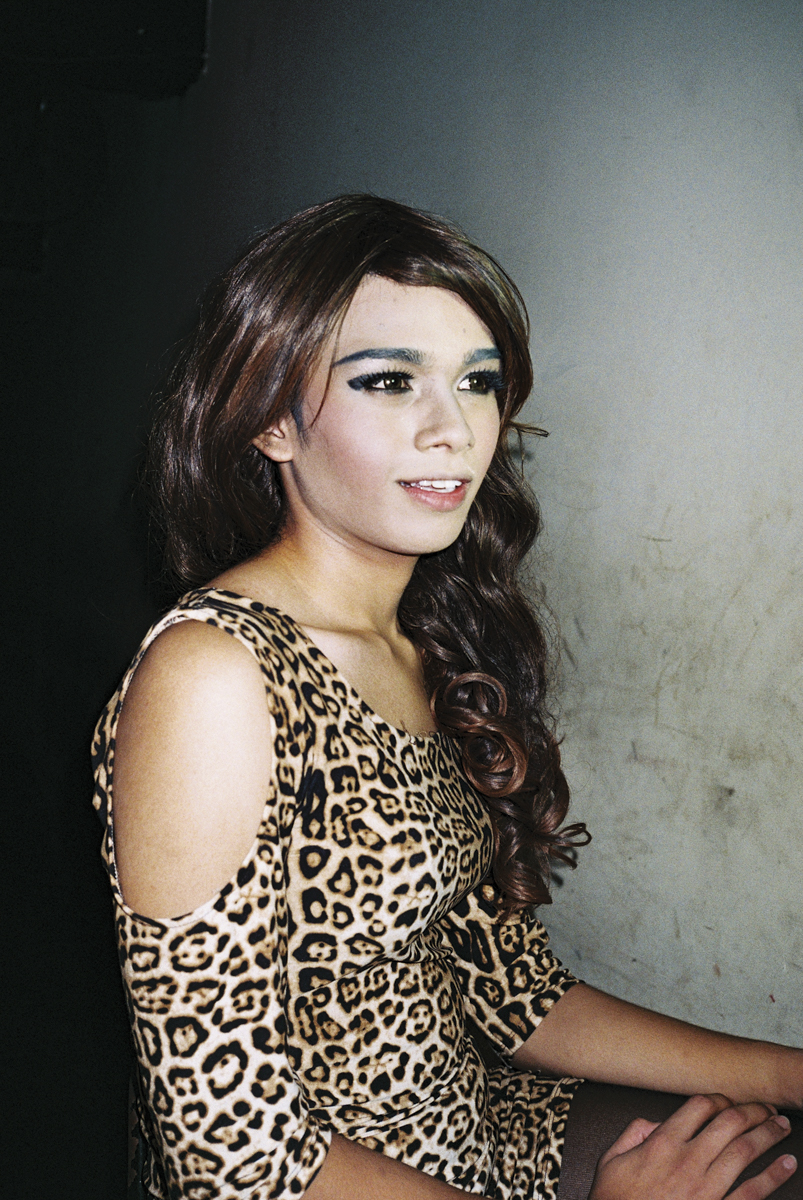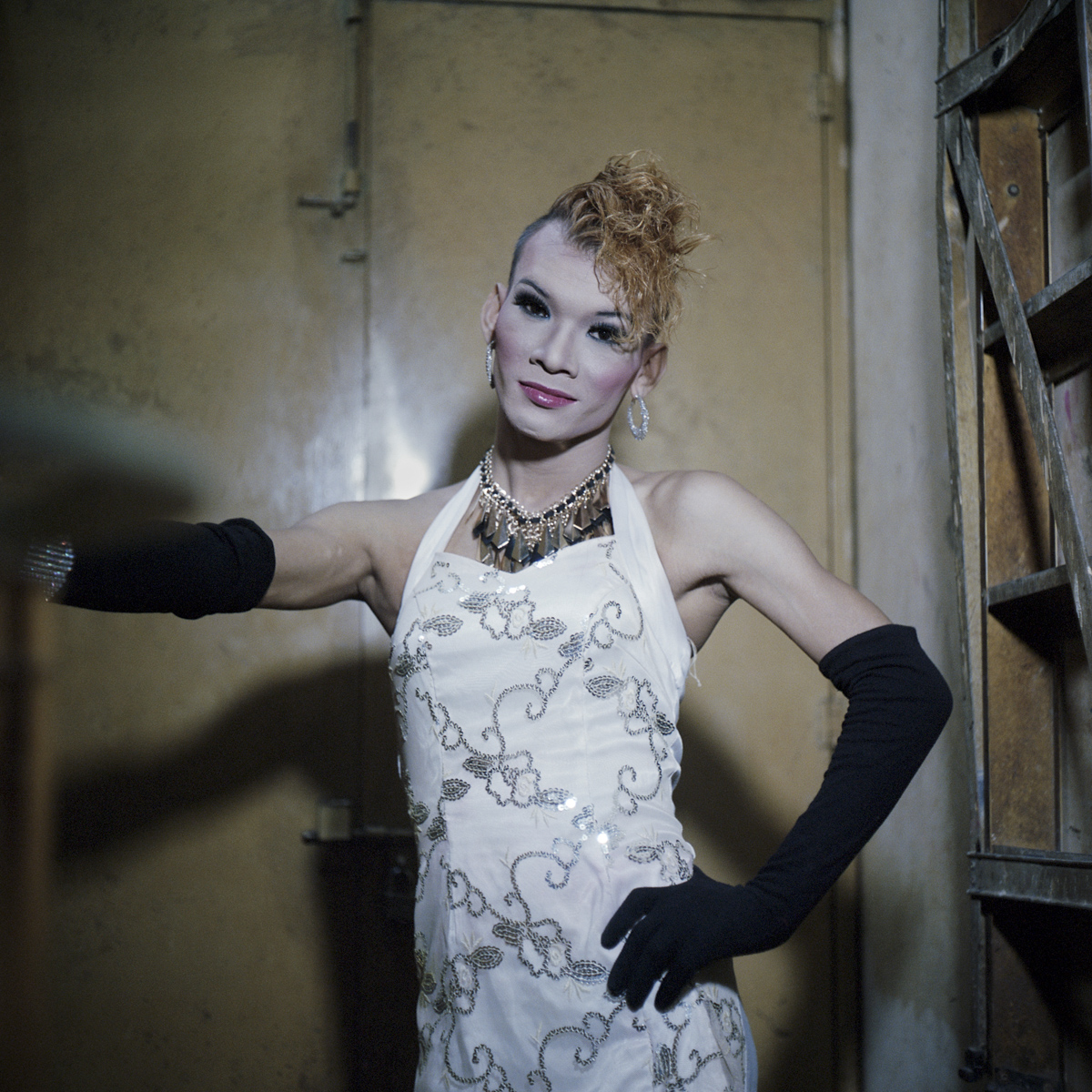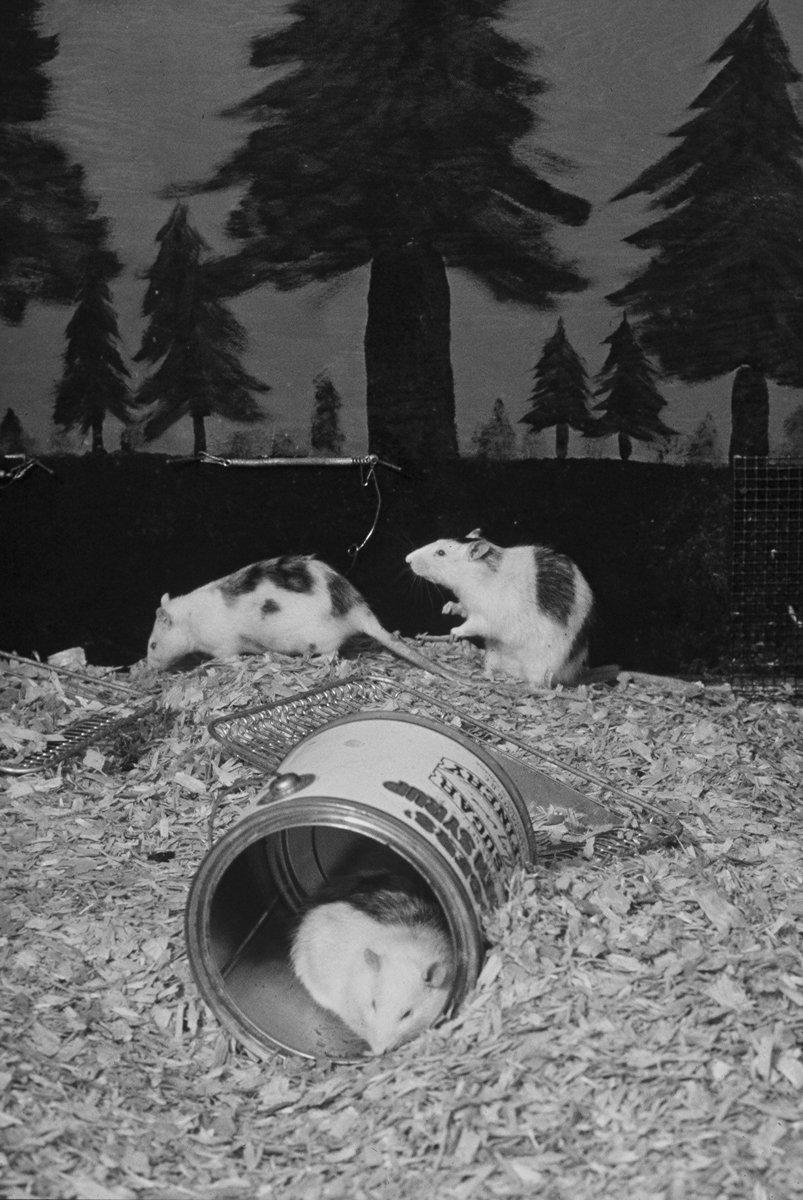Just before taking to the field, the Spanishs David Simon Martret and Blanca Galindo investigate, study and talk. They seek to understand substance use from all sides: they quote Epicurus, they think about pleasure, the death drive, sociology. They read about biology, they consult studies done with rats and drugs. They travel. They want to understand the context in which the notion of “addict” was created and they wonder about bonds, love, single-celled organisms, life, death, modern society.
They recognize it: they are slow processes. From planning a project to carrying it out it can take months, even years. The other side of their parsimony is their perseverance. Ther plans are long-lasting, multidisciplinary, transversal.
Together, they travel the world. They scoured what was once the old Soviet Union in search of Krokodil, a homemade drug that kills fast, replaces heroin and leaves black spots on the skin. They took photos in several of the former Soviet republics and also in China, Indonesia, Malaysia, Spain, Mexico, the Philippines, Japan, the United States, Finland and Portugal.
Both were born in 1984. Blanca brings with her a career linked to journalism and David studied philosophy. She was trained in photography at the IDEP School in Barcelona, and he at the Institut d’Estudis Fotogràfics de Catalunya. They met by chance in 2011 at the Pati de la Llotja festival in Lleida and, by joining together, they created a new identity: Leafhopper. For them it is a “small tribute to the cicadas” that have accompanied them throughout their career.
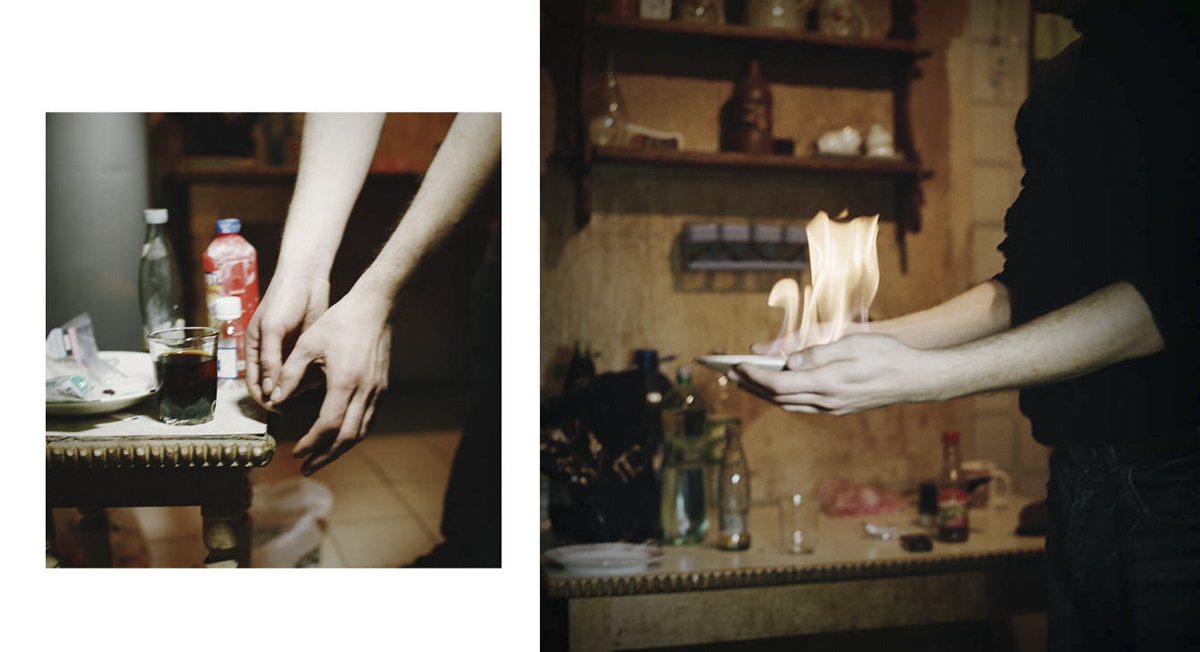
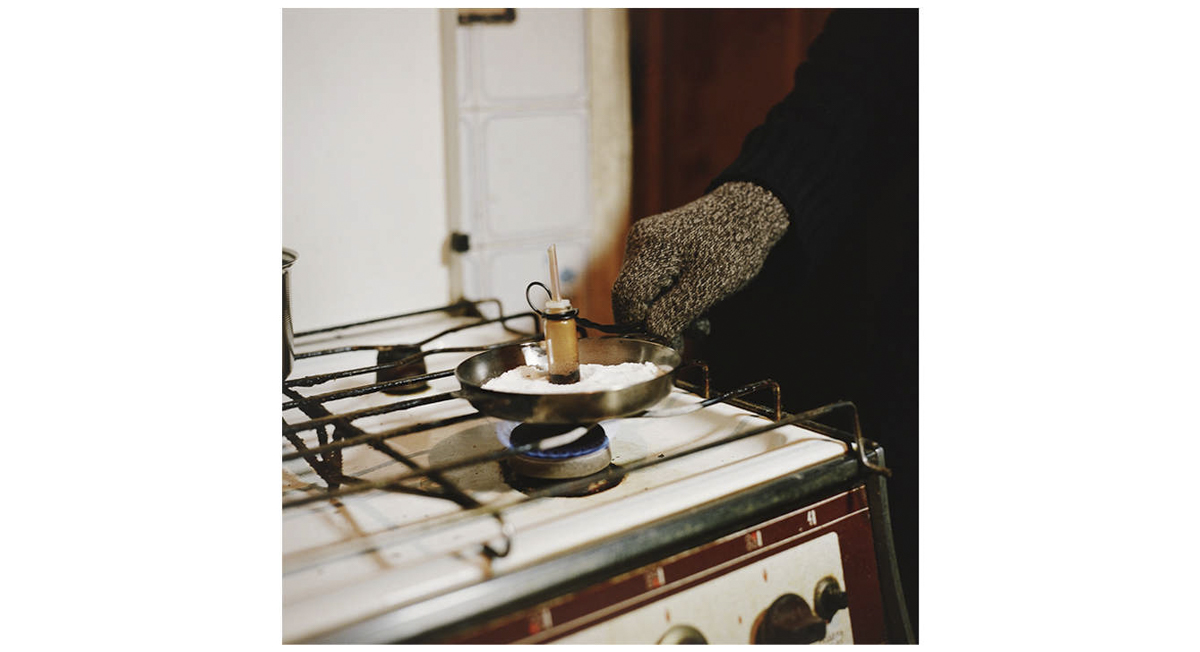
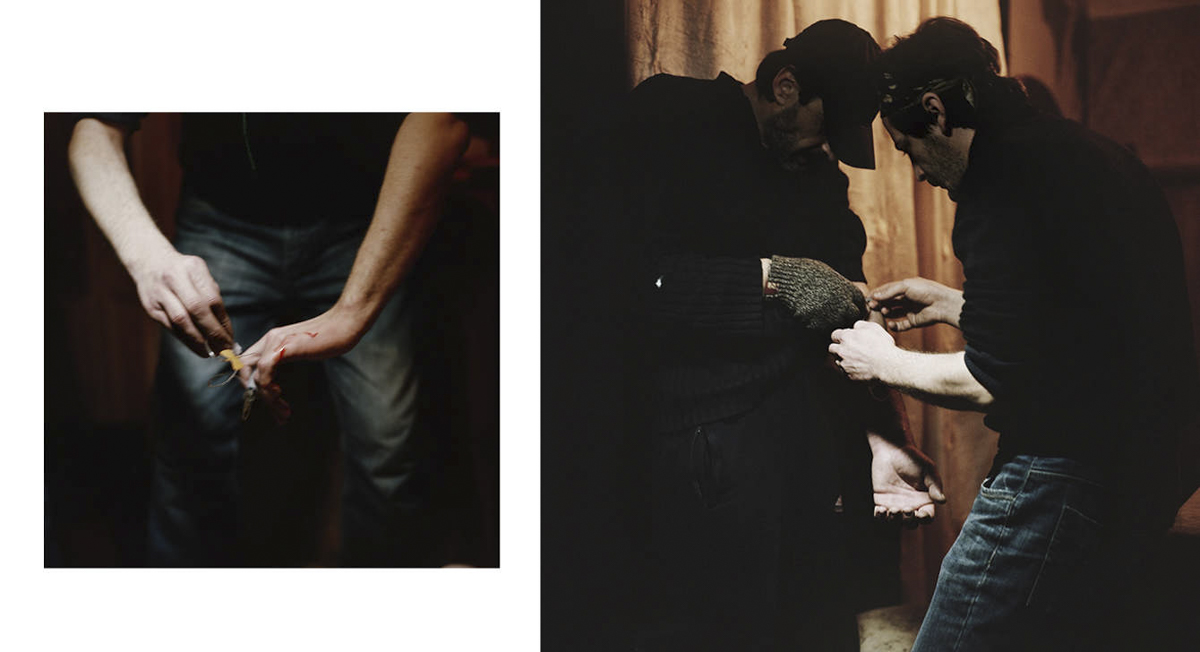
Each one came with their own journey, how did you start working together?
David: we met at a festival called Emergent in Lleida (Spain). They had chosen the work that I did in Georgia and Armenia. She came from Iceland and Ukraine. There the subject of what would be our first joint work appeared: Krokodil. She showed me a newspaper and I saw that the photo was from an archive and that it was actually about heroin. There we realized that there were no photos of it. In both Georgia and Armenia I had heard something about the subject…
Blanca: he was fascinated. He applied for the Click scholarship and was given it. In the group exhibition we had as a result of the Emergent festival, love emerged. I went with him to Saint Petersburg, I helped him with the logistics and with all the audiovisuals. We spent 10 days in Saint Petersburg and we started shooting together, with many cameras. At the beginning we discussed a lot of who each photo was, until there came a moment when we didn’t know. At the beginning there was the debate: “this is mine, this other is yours”. But then we went further. We went to museums during the day and at night, with the Krokodil people with local friends. We had been in former Soviet republics and he had been shown a very masculine face while I found a more feminine facet. It was interesting.
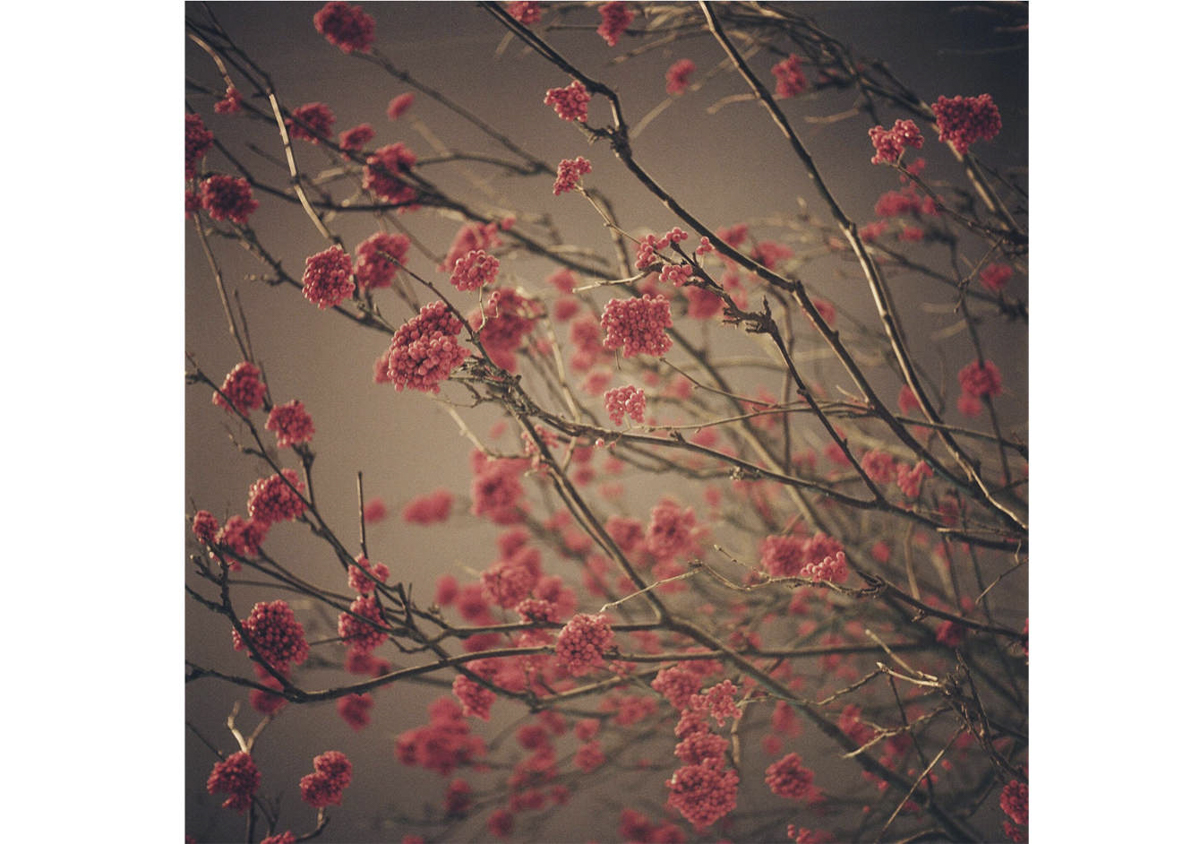
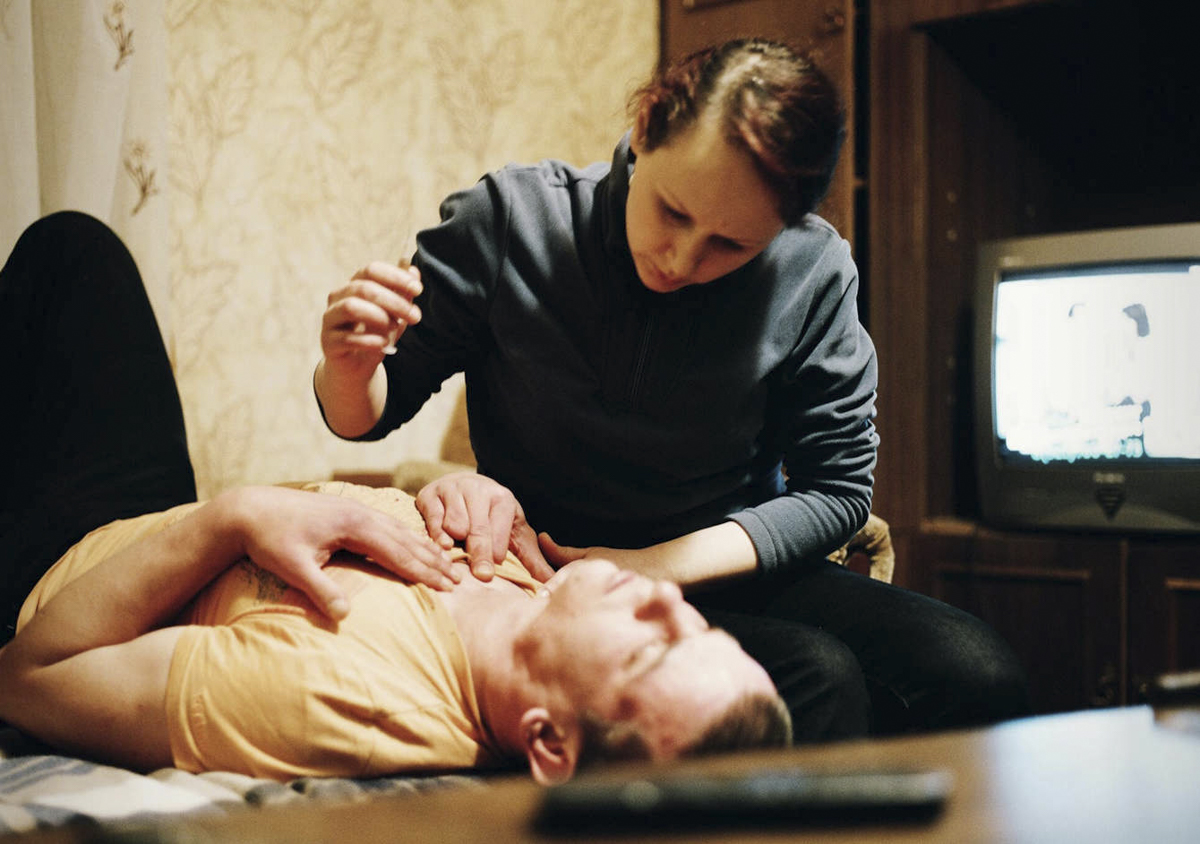
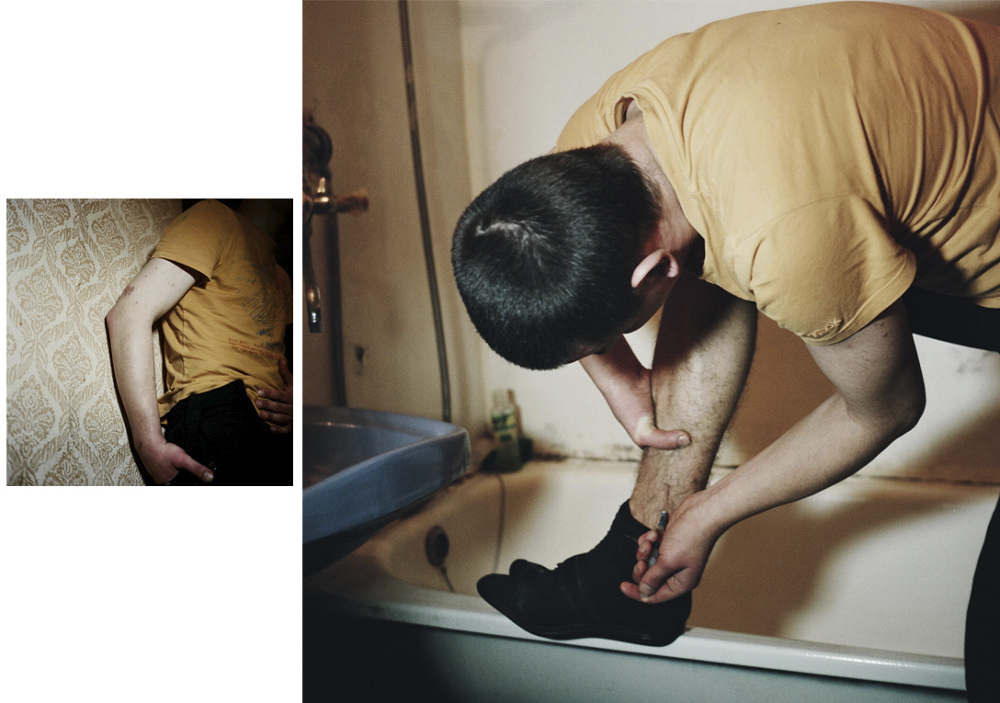
And how was that contact in St. Petersburg?
David: Krokodil is a homemade substitute for heroin. When I started here in Spain there was no information: there were a lot of lies, images that were not real. If this drug kills you in such a short time, we will see who uses it and why. I was interested to know why a human being can go towards self-destruction so quickly.
But I found in St. Petersburg that it was very old-fashioned, that it had been a superboom in Moscow and St. Petersburg, but not for 2012. That continued, yes, in more remote places due to lack of access to heroin.
Blanca: in our specific case, we were with a couple of heroin addicts who had met in prison. They came from the suburbs and carried a punished life. They suggested that krokodil was the last thing they would do, only if they had nothing to mess with.
David: paradoxically, theirs was a very beautiful story: they had met in prison. We were with them for several days and it changed my mind about what an addiction was. I thought to get there and that everyone would be very marginal and very screwed up. But we found a love story.
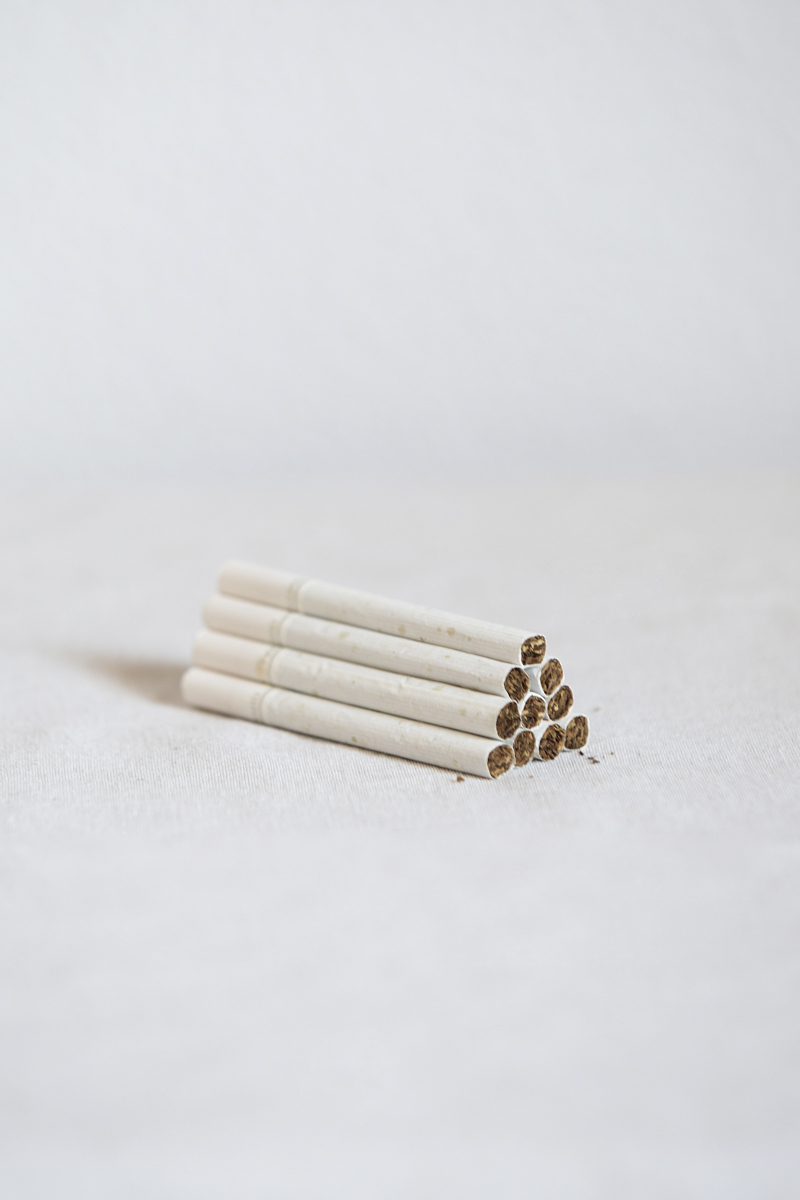
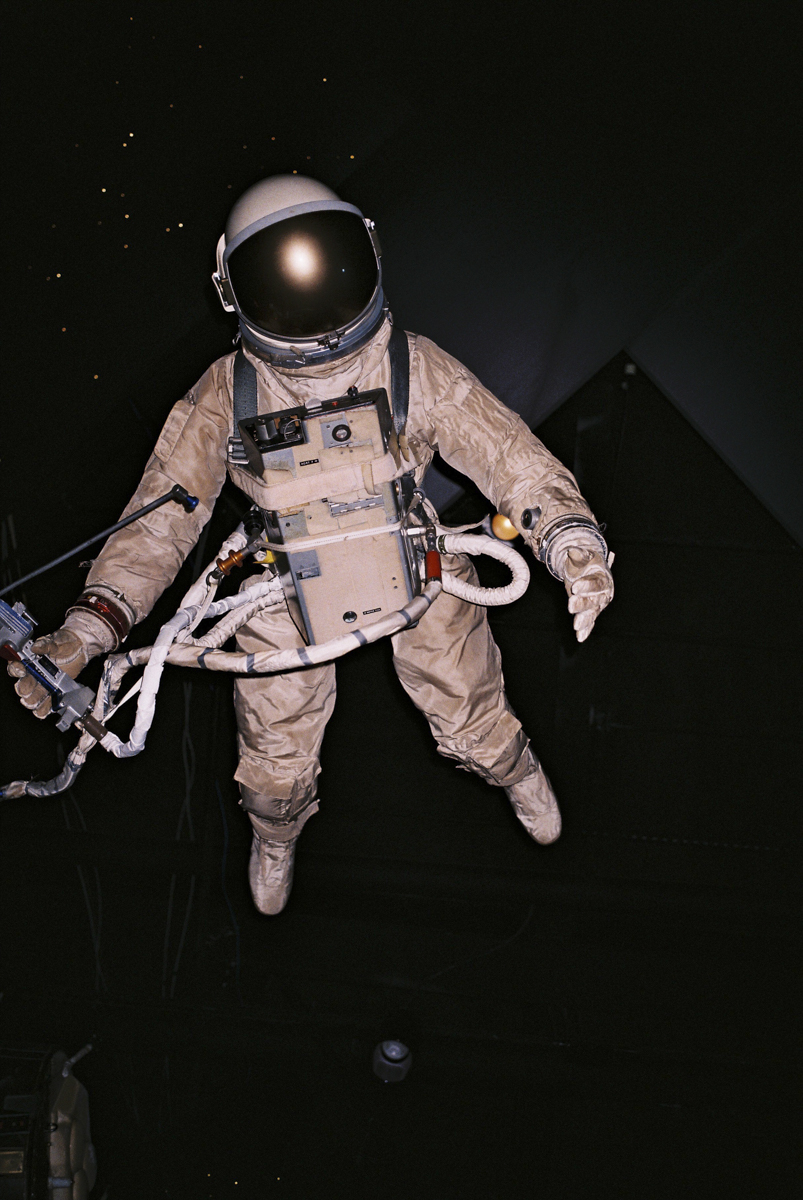
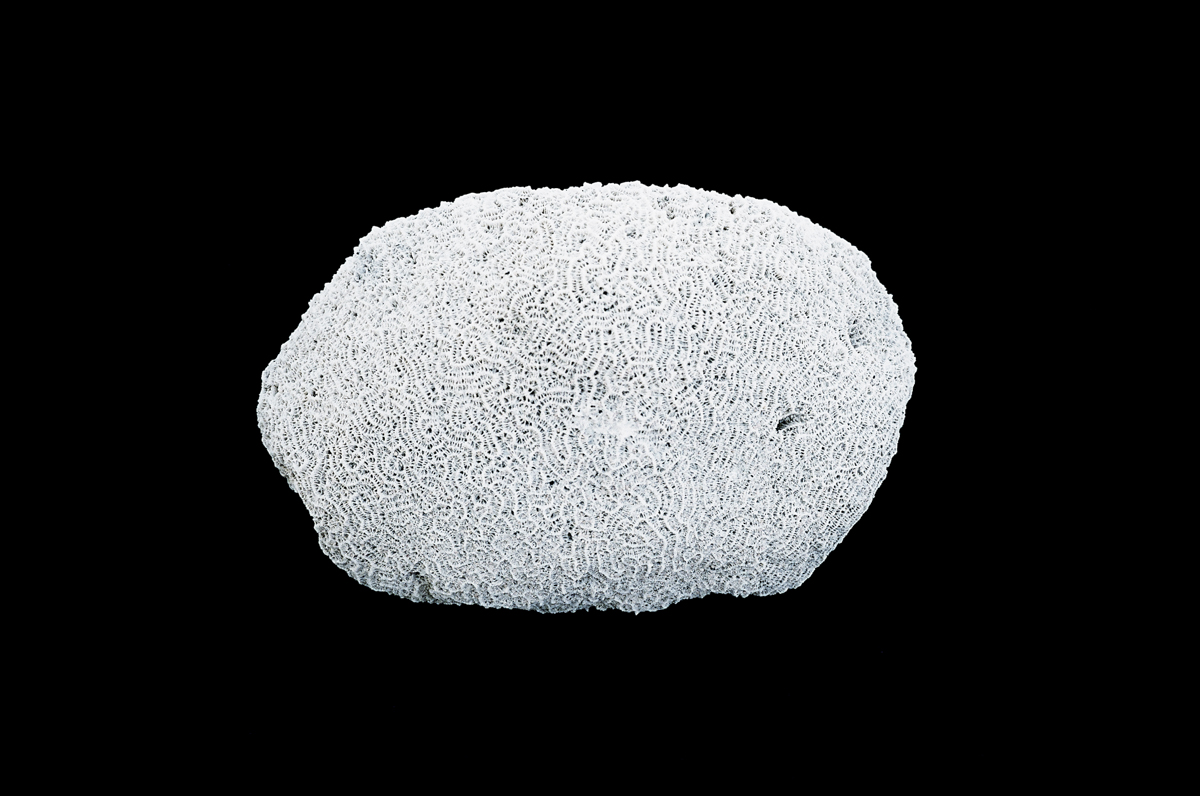
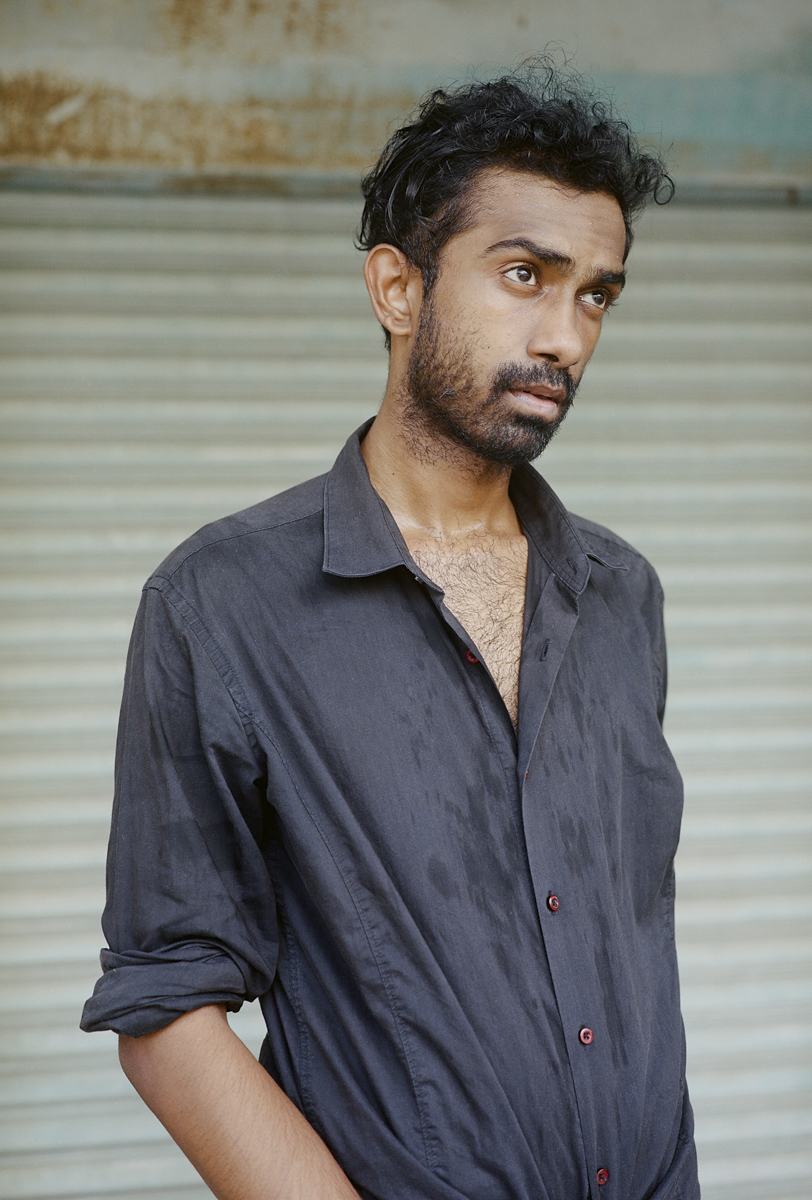
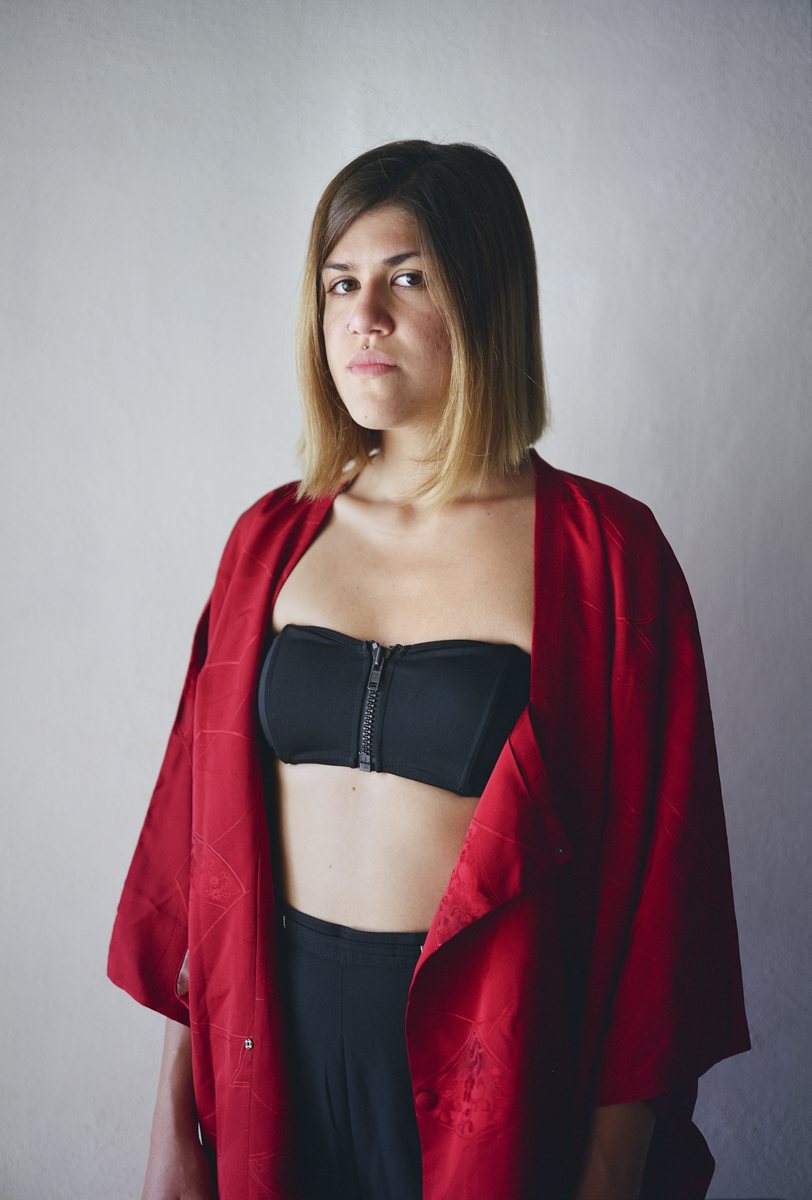
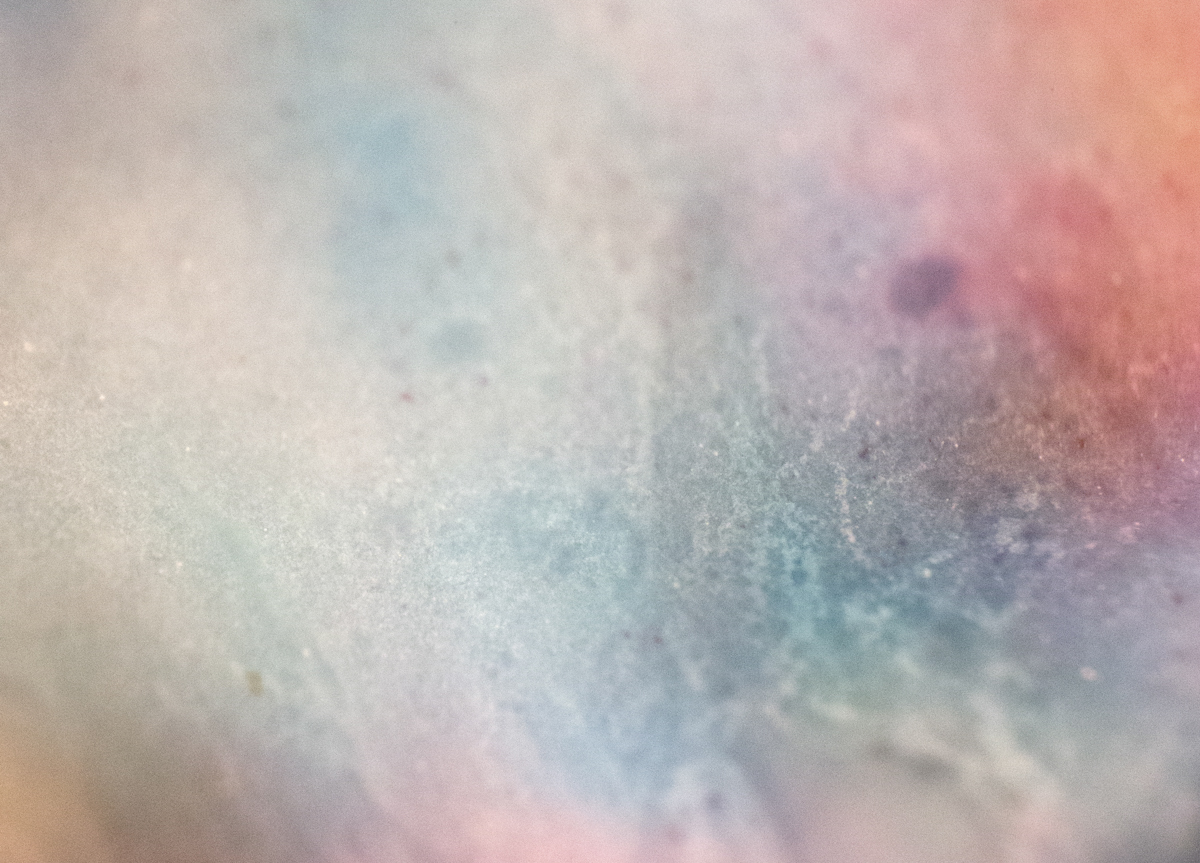
The theme, then, was continued in other countries of the region …
David: The reality we found is that krokodil had spread from Russia to the former Soviet republics. I had been to Georgia. I had contacts and we went to see them, we only had 15 or 20 days. We met people but then they didn’t want us to photograph them. By chance I was having a beer with a translator and colleague and we saw that there was a new restaurant opening and we passed. They invited us to the inauguration the next day and there I met one who had been in jail in Spain. He spoke some Spanish. “Shit, you’re doing this, I’ll try to help you,” he told me. At Christmas we went to public baths together and that’s where it emerged. It cost, it cost, it cost until a group of friends told me okay: come with us, buy some vodka, drink with us, let’s see.
I am little and they believed me that I was not going to judge them, but that I was going to try to understand them. So I got on the floor alone, because the translator left me there. He was afraid, he is from there, his family lives there, they played a lot. I ended up in that house and everything was fine, they ended up giving me hugs and such. The link was generated very quickly, I like to go slower but at that moment I had to get…
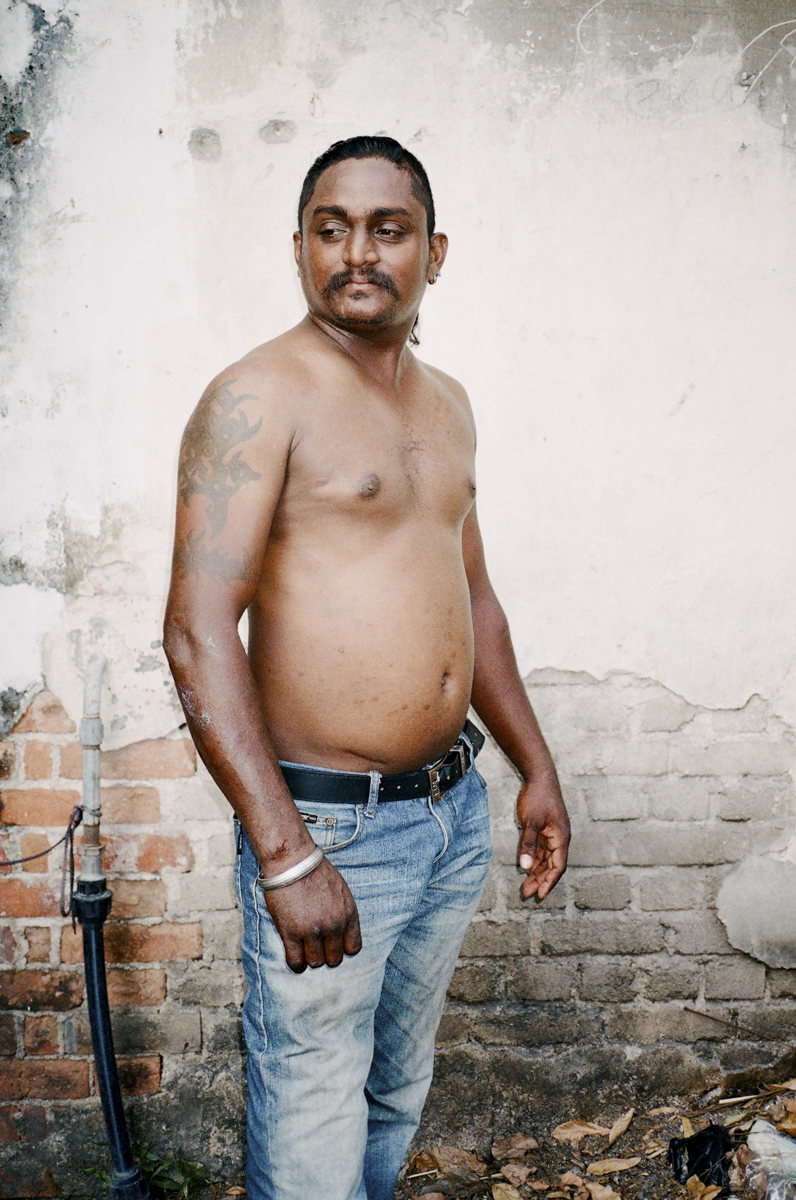
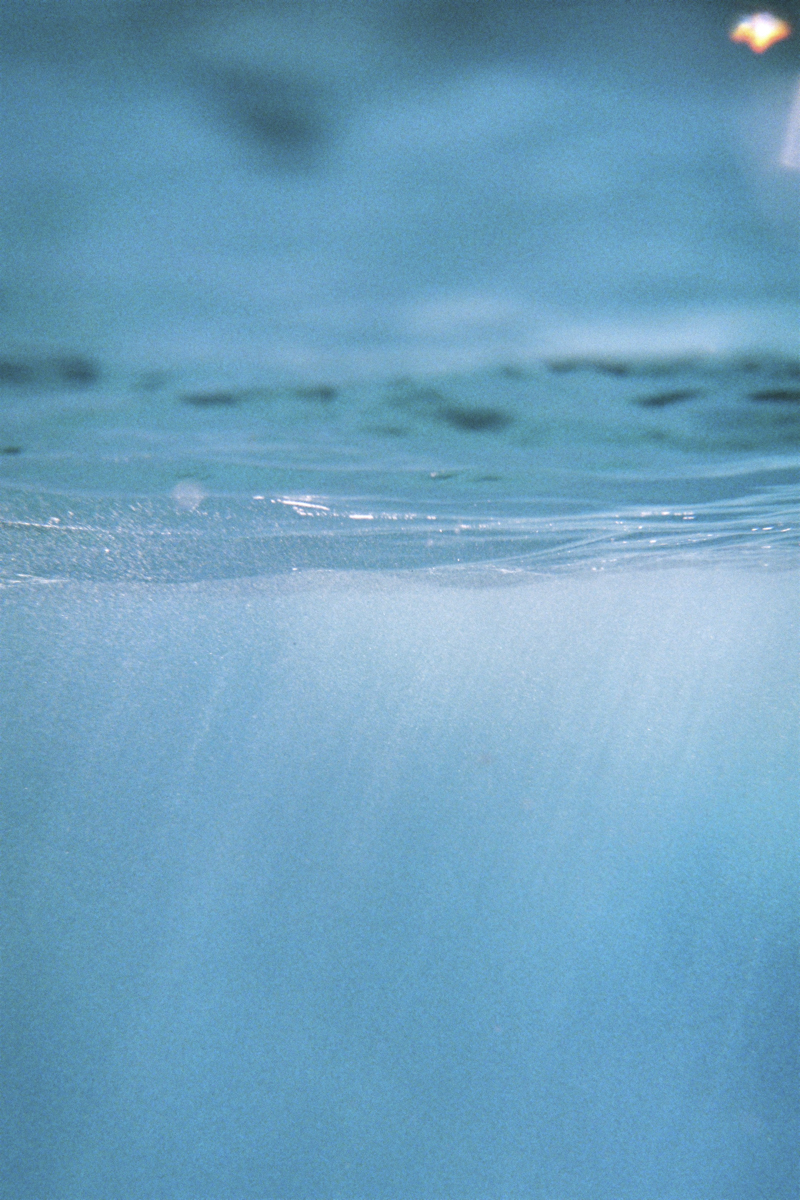
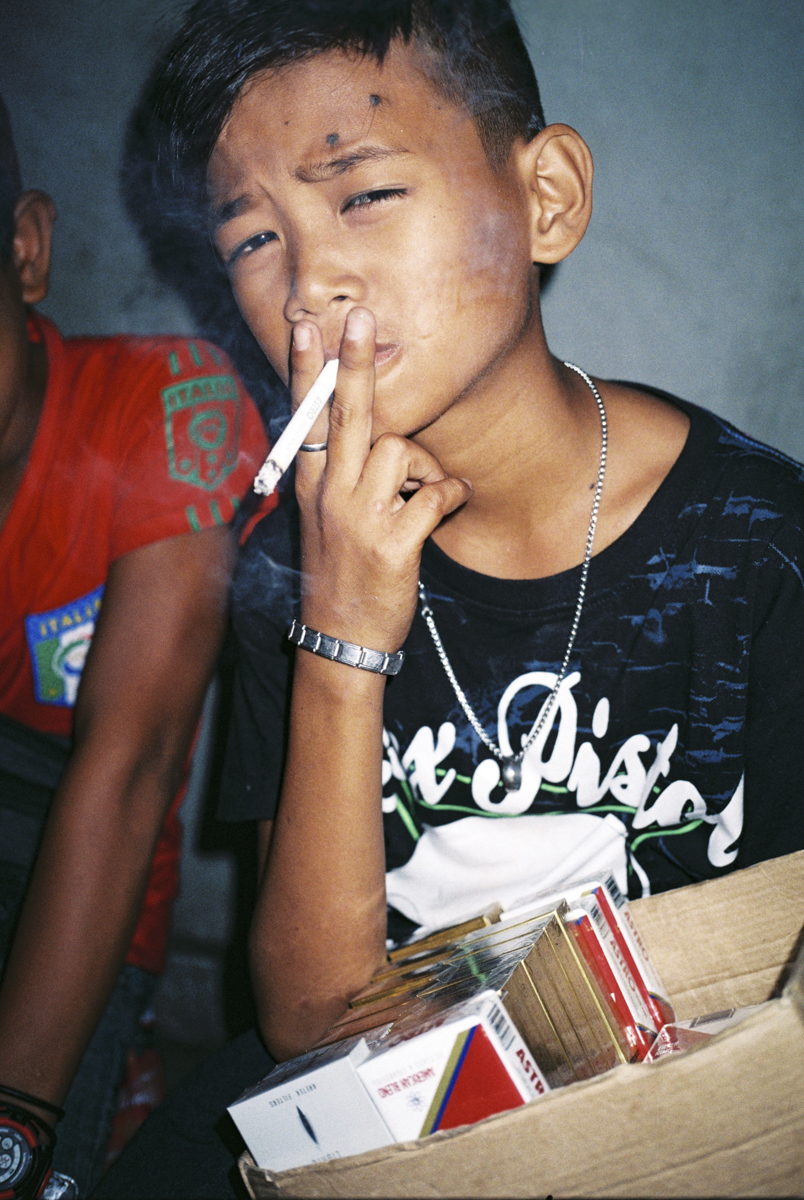
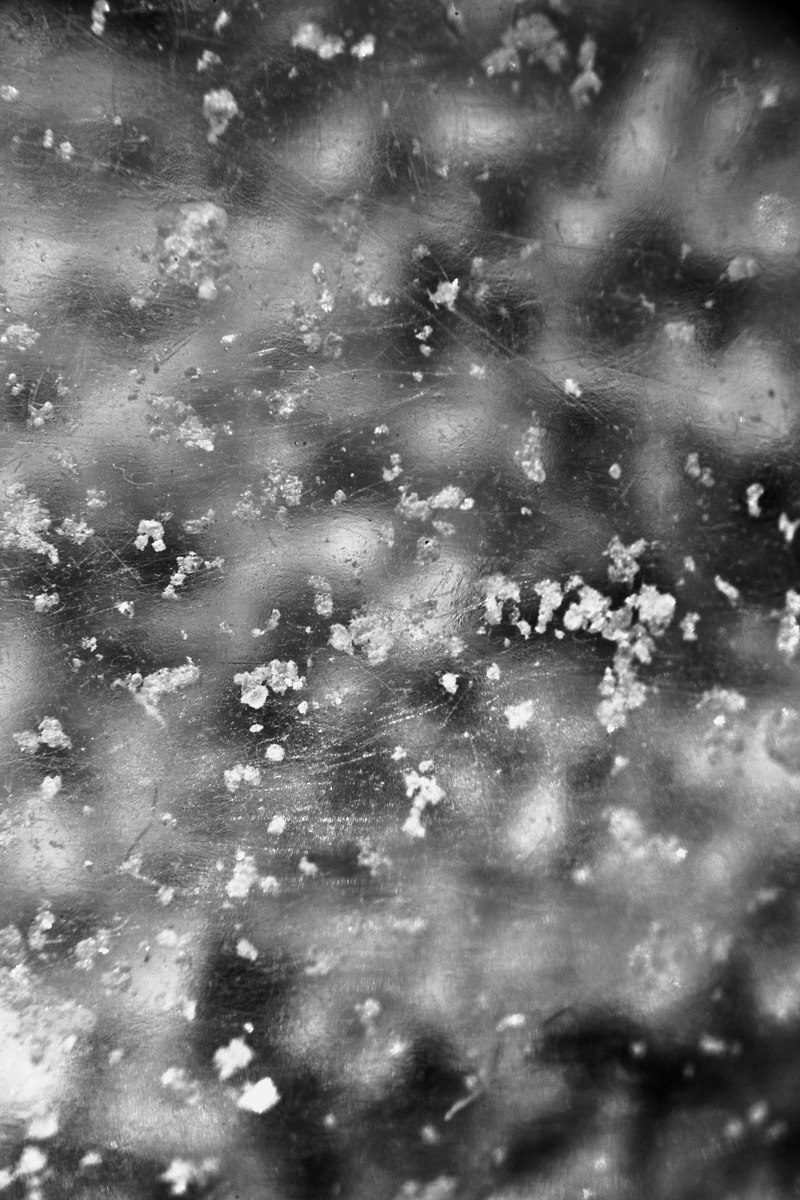
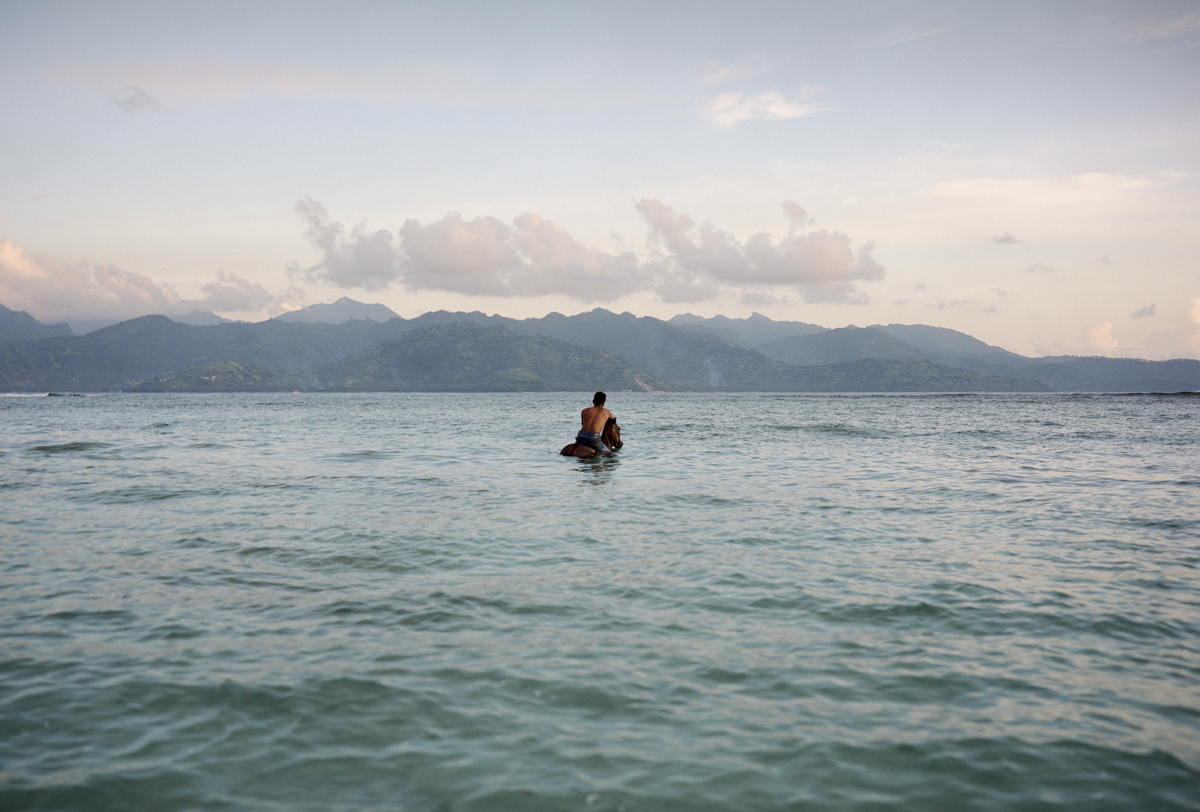
As of krokodile, what other things happened?
Blanca: We argued a lot after we did krokodil with this couple in St. Petersburg. We were clear that we had liked it a lot, but we wanted to take a totally different turn. We wanted to pose it as something more abstract and global. The project was mutating a lot, we wanted to treat addictions all from the same point of view, a catalog of people with interviews. We contacted a psychologist who did experiments with rats in the 70s, so we gave him one more point of sociological-philosophical study .
David: Bruce Alexander is a psychologist, an 81-year-old man. During the Vietnam War, the United States spent a lot of money to find out what an addiction was. Because they knew that many addicts were coming back: many opiates, amphetamines and more were used in the war. A lot of money went into that and we were interested. We then came up with this experiment that Bruce carried out: he put a container of water with heroin or cocaine and another with just water in a cage. And the rat lived in that polluted water until it died. The theory that the substance makes you so addicted to death was proven. But he turned it around and asked: the rat is a social being and is caged, what if it wants to commit suicide?
So he built a paradise for rats where they could play, had freedom, the company of other rats and put the same substances. He found that rats tried some substances and others did not, but none were hooked to death. He concludes that the addiction is not to the substance, but to your cage, which can be your head, your environment.
Blanca: he raises addiction as an adaptation to the environment. How human beings have that need to connect and that same need makes you connect with whatever. He proposes to think of advertisements like Dior that has a product called “addict”, addiction as propaganda. It is perfect that the consumer is addicted.
The It’s a Wonderful Life proposal is a less documentary approach in the strict sense. We lived a long time doing this project, we had been doing very documentary things, characters and such. Here the characters are real but they could be actors who move in that global world of cage cities that they need to connect.
We took more abstract photographs of substances. We travel a lot for this project, we get cotton candy in Texas as well as food. We also photograph money under a microscope, cocaine, minerals. That confusion, that duality at the end.
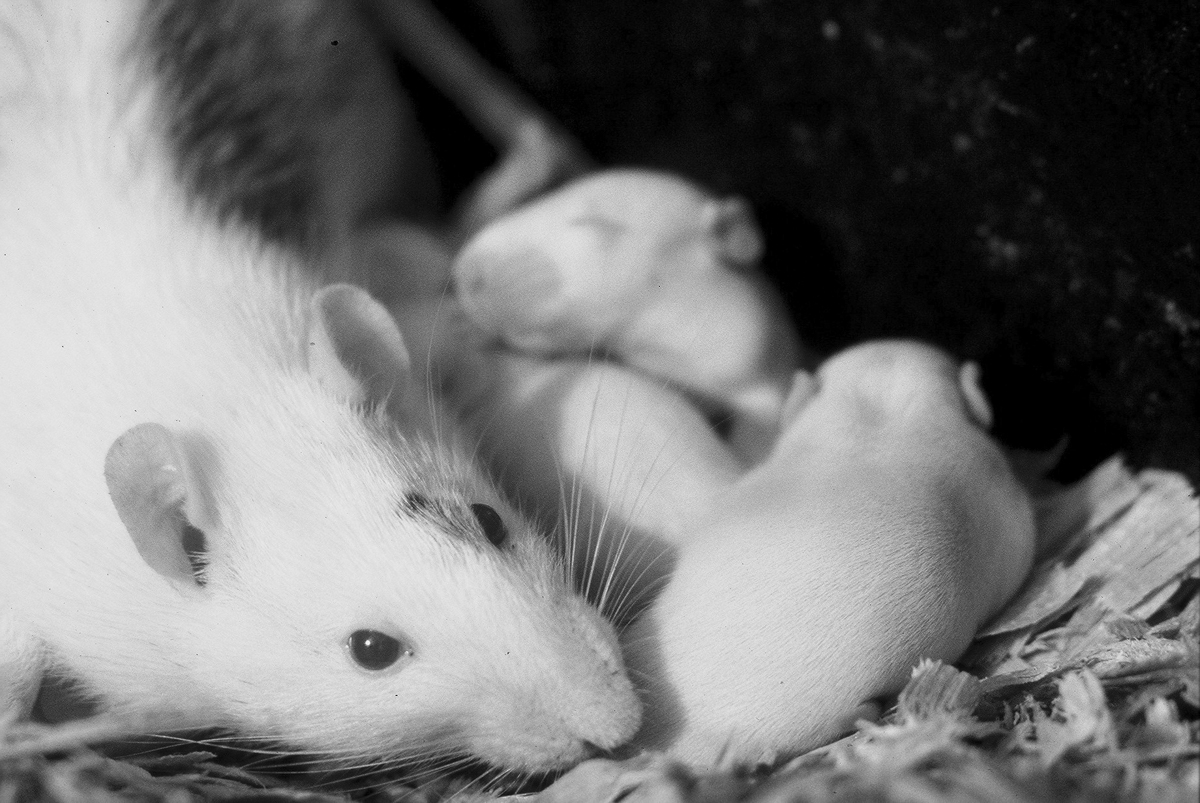
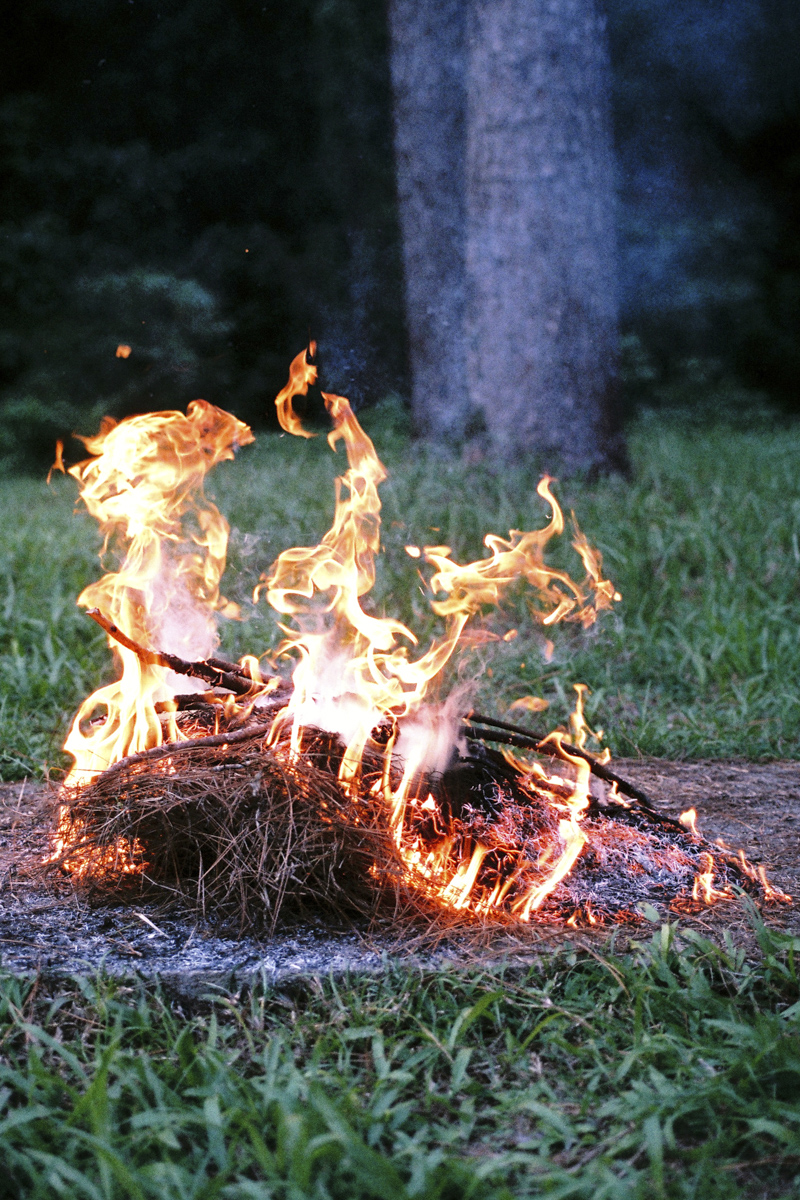
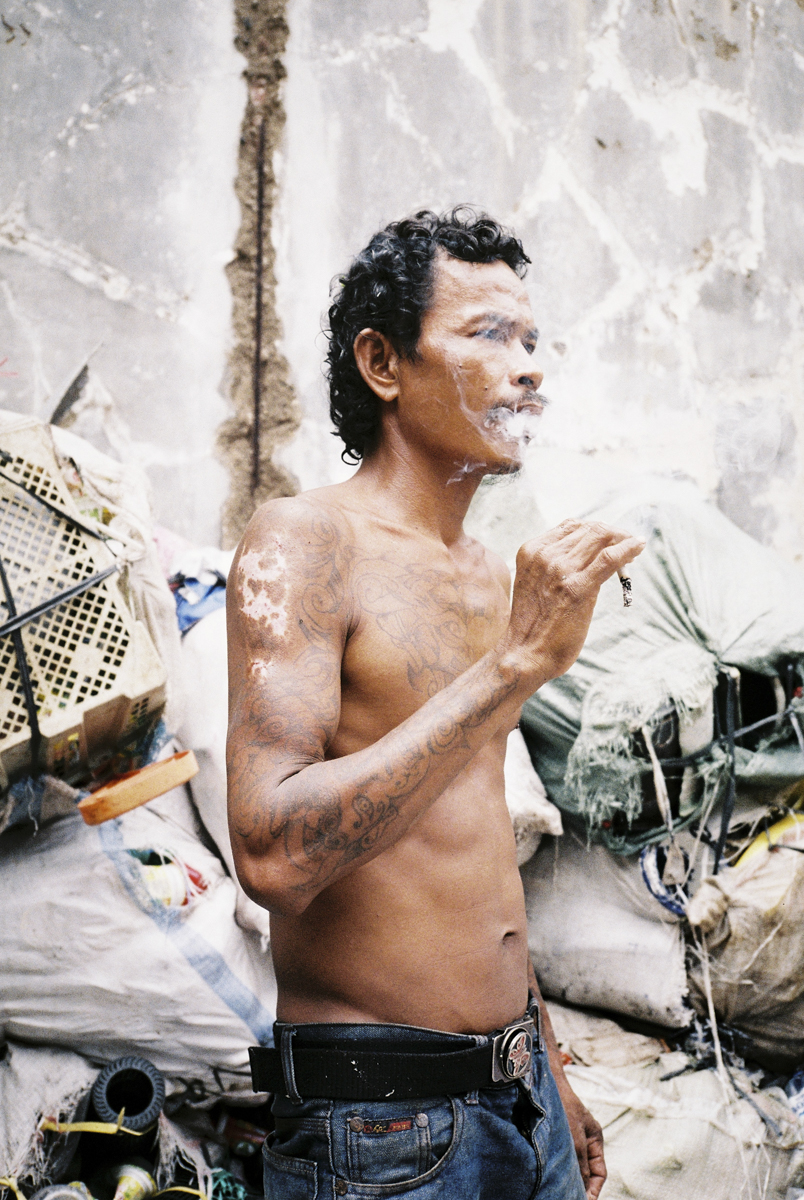
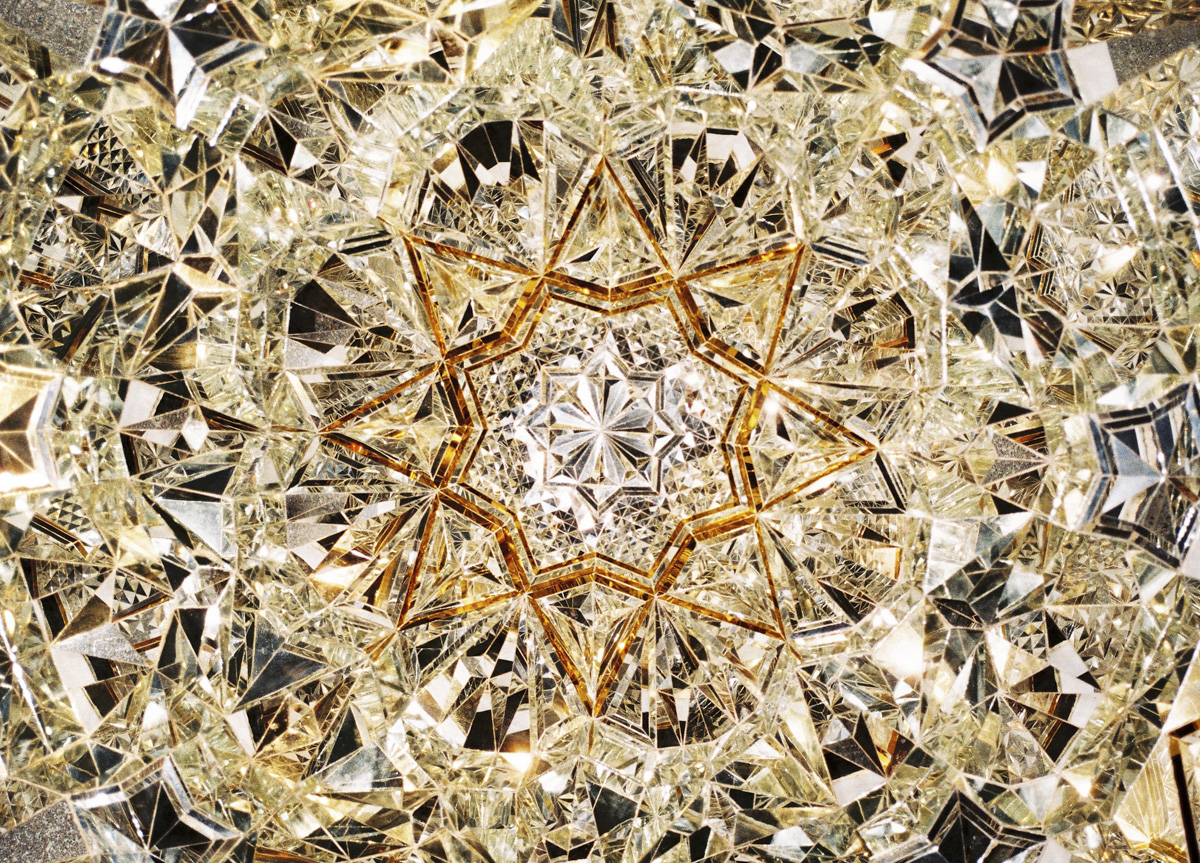
There is a back and forth between desire and drugs…
Blanca: We work with a friend who has a PhD in philosophy. We were also interested in a study by a man who is a molecular biologist who treats cancer and death. He raises how unicellular beings in prehistory, when they became multicellular was when they evolved: that is, they began to connect and work together. However, that connection also leads to illness and death. There is not one without the other and what we propose is this duality. Of course there is desire, pleasure and fun and everything that makes you feel good. To what extent is it considered socially acceptable? From where is it considered “normal”?
We were reading and we considered that very close friends were very addicted to drugs and, in the end, that is a self-destruction of a being, of himself. It is true that he does collateral damage, to himself and his friends. While someone with an addiction to money and incredible power, what is he capable of? To destroy the ecosystem, civilizations, populations, to destroy everything. We do not want to pass judgment, we just want to leave these issues on the table at different levels.
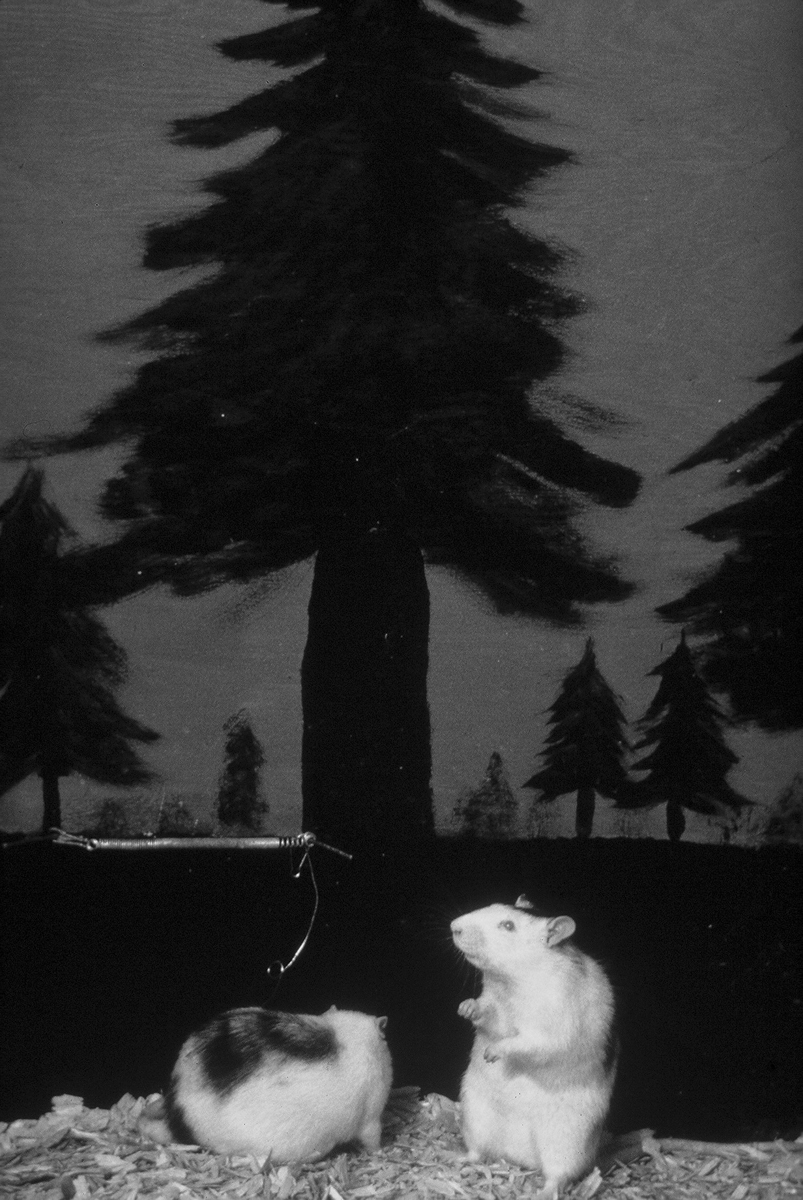
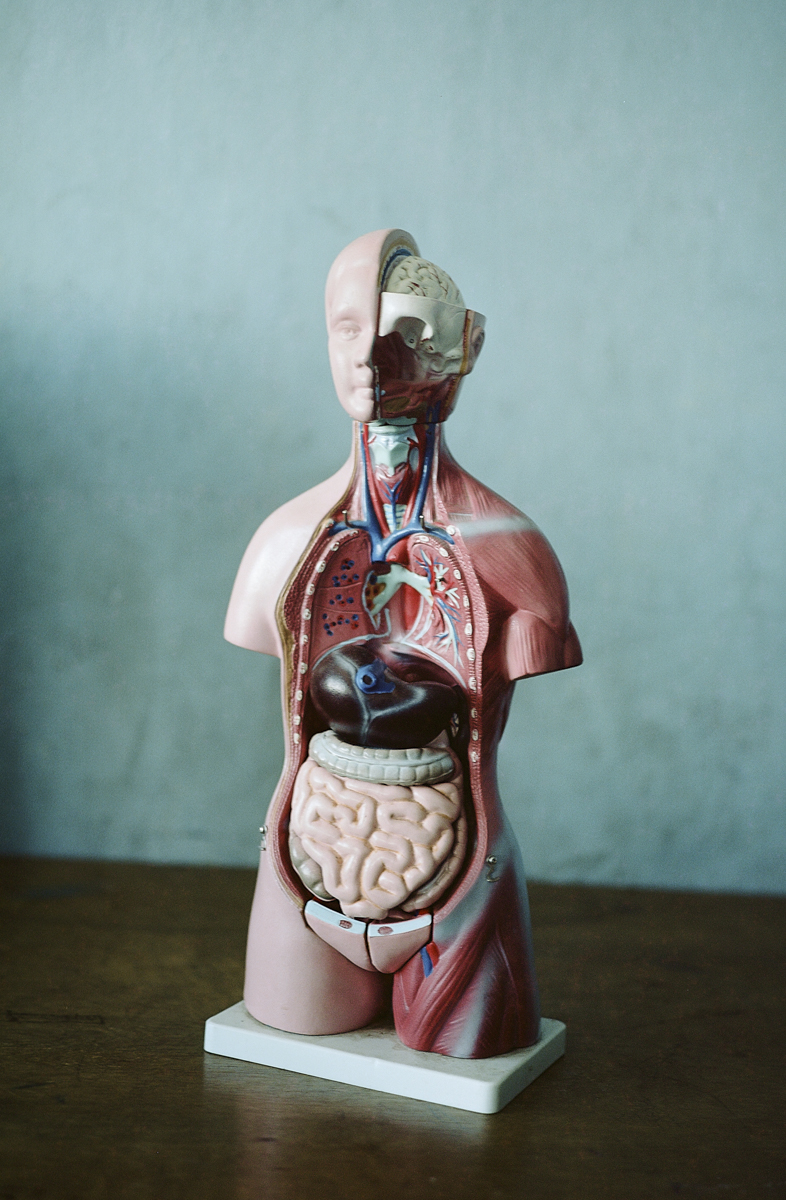
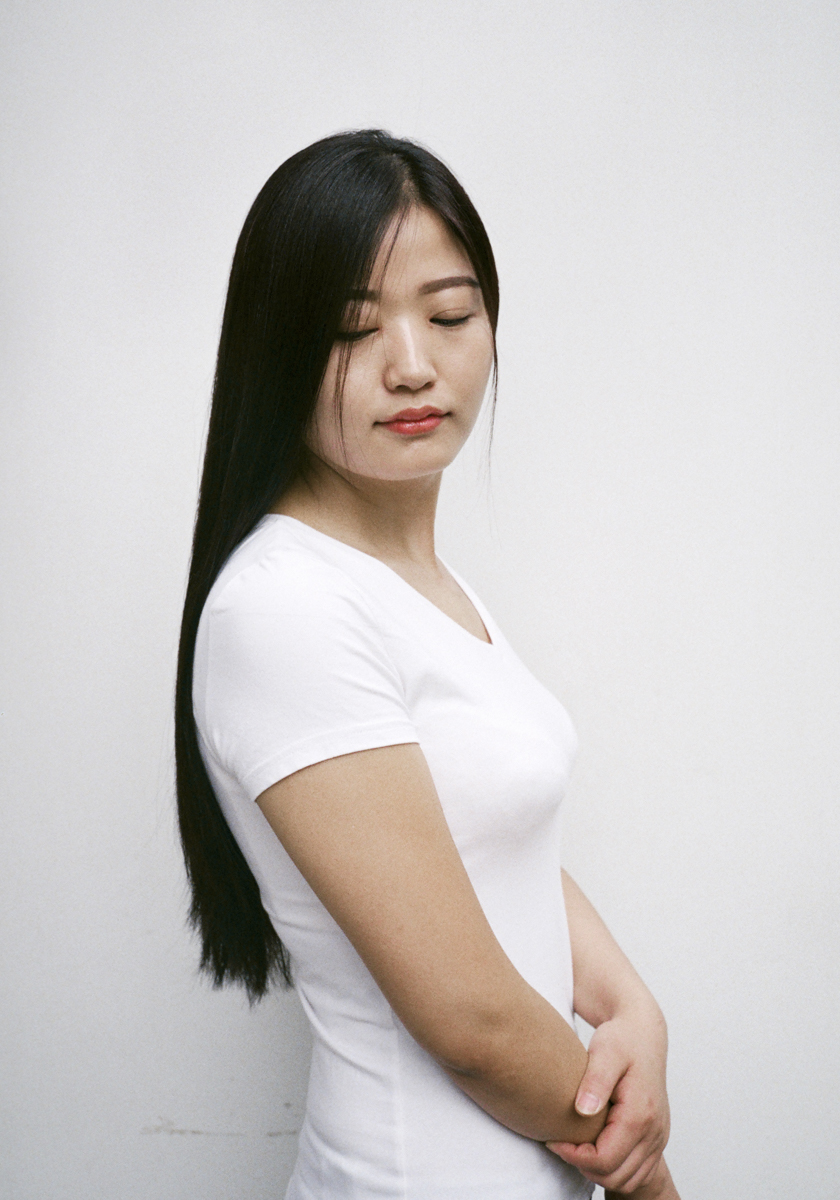
You also developed projects in Malaysia such as the Blue Boy KL
Blanca: in Malaysia we discovered a very interesting club. When we arrived we had no idea, it was an unknown, tropical place. We only knew that it had been an English colony. We came and went for 7 years, we spent long periods of time. We have many ties with people there. And we were finding themes that caught our attention.
This is a club that has been operating since the 70s, very underground . We would go there and have a great time with them. But only there, no “I’m going to your house.” We started to make a relationship with that community. We liked that it was a space of freedom in the center of Kuala Lumpur, many lower-middle-class kids don’t have that much advantage to decide or be calm about their sexual orientation. We thought that was super nice and we decided to cover it. And we saw a bit of everything, people who died. It was like a working pilot.
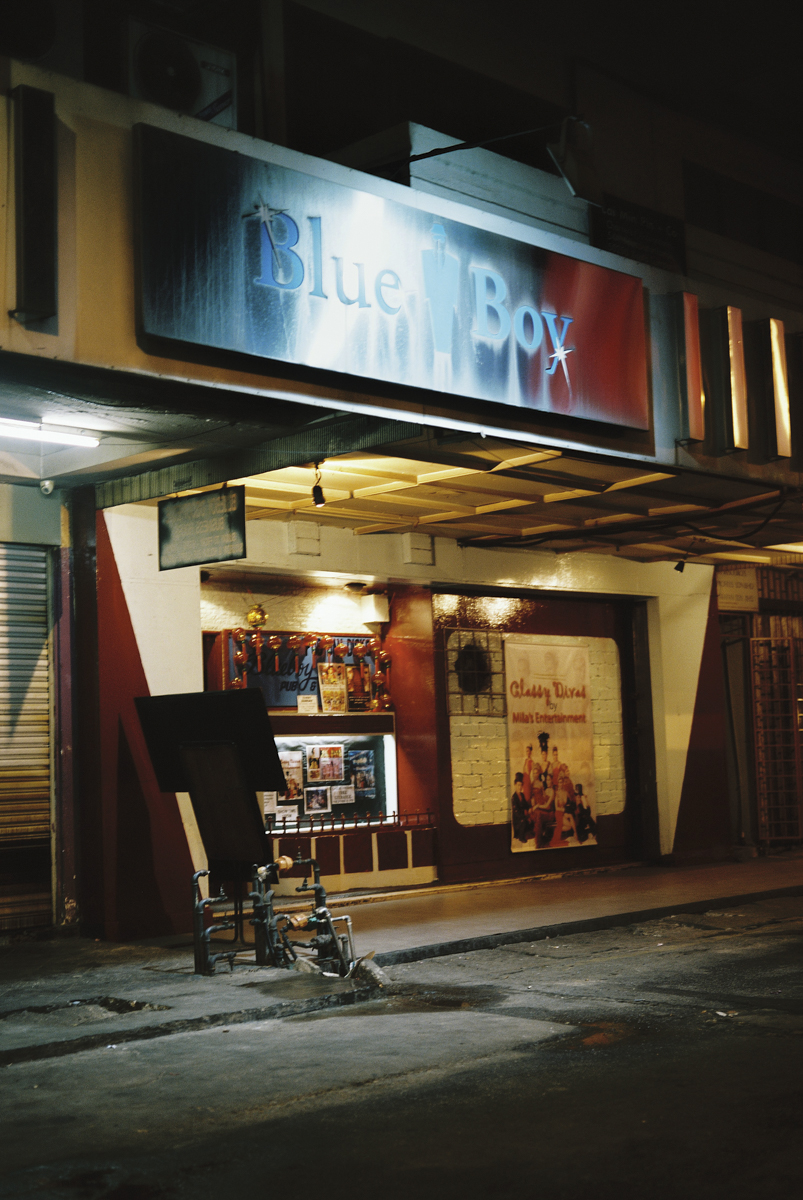
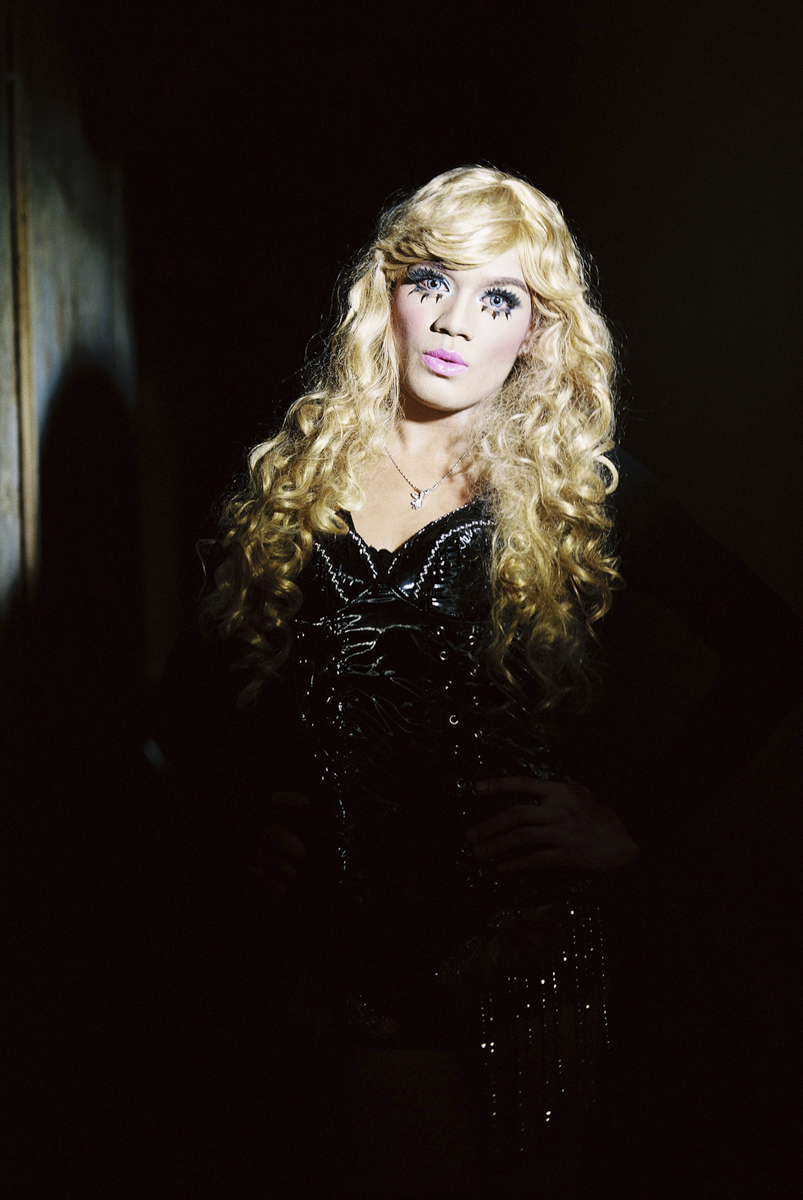
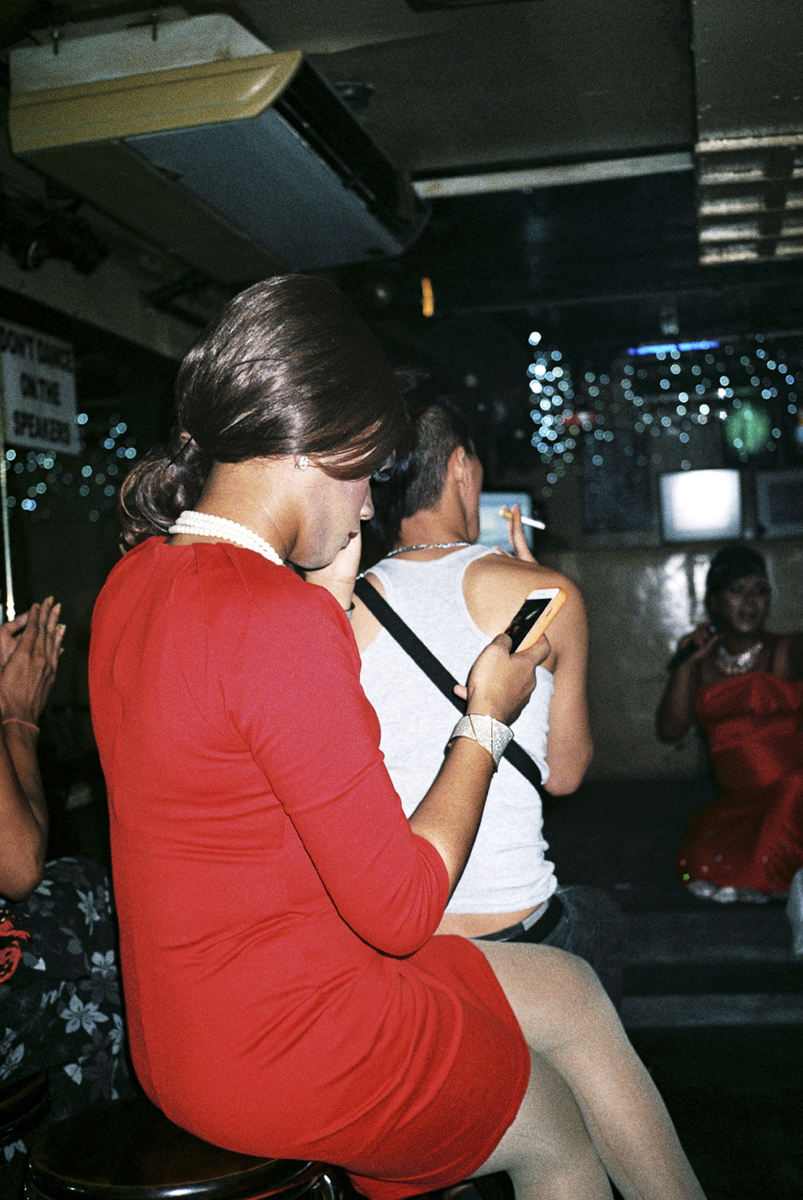
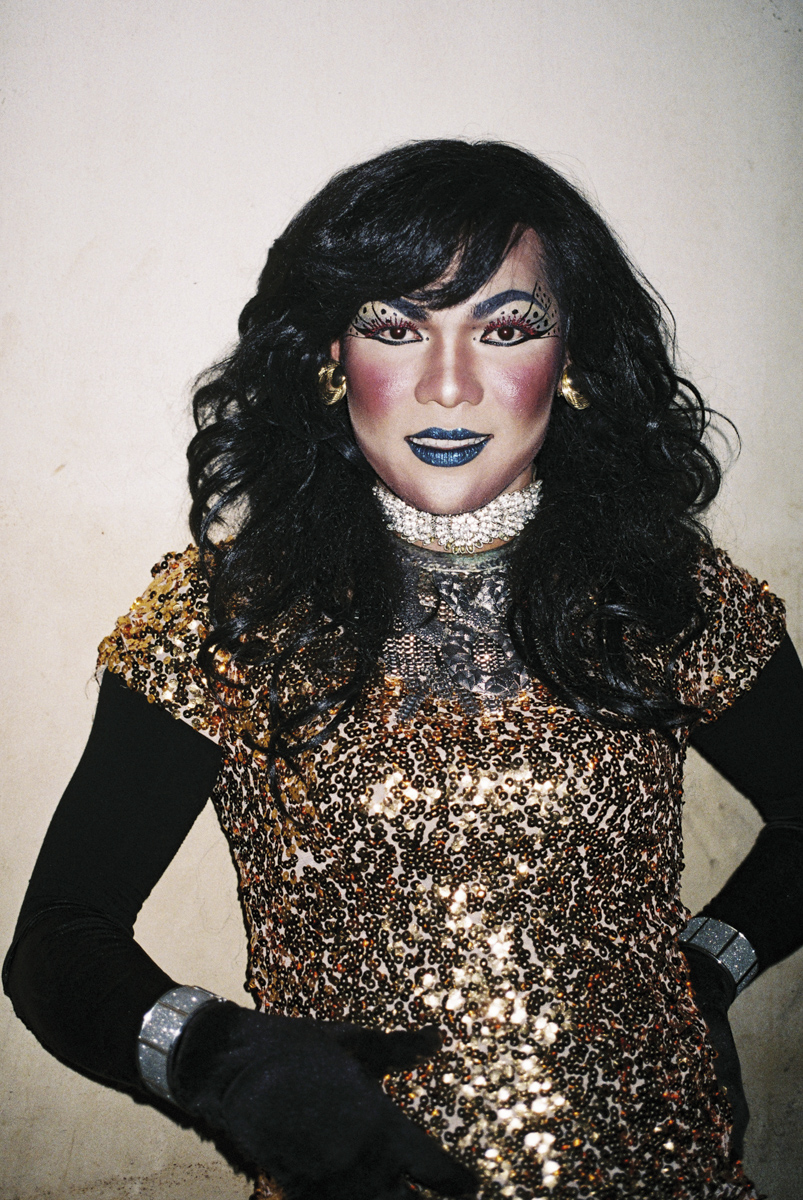
How are you creating your projects and how did the pandemic hit them in their development?
David: there are a couple of stories going around, but we are quite slow because we get into somewhat broad things that involve understanding and knowing.
Blanca: the first photo has happened to us a year after having raised the project. And regarding what we are doing now, for a few years we have been obsessed with coral reefs. We have lived in Malaysia. We dive, we love the sea. Going back and forth to the same place over the course of eight years, climate change is very evident. We have been researching for a long time, taking underwater photos in analog. We want to portray death, life and transformation. And beauty too. It is somewhat ethereal, and we are studying to really understand them.
During the pandemic we stayed here in Murcia, on the outskirts of the city where I grew up. It is an area with many bare mountains, without vegetation, dry and arid. And when it started to go out a bit, we started visiting those mountains, getting lost. And we discovered that there are fossils that are oysters and corals. This was a reef, it was tropical, and it was under the sea millions of years ago. These mountains are corals. I had never seen it, but now it identified a coral skeleton. We are working on that, taking a ride. We go from fossils (from the beginning) to what is now, and we work with the archives of the city council and the community.
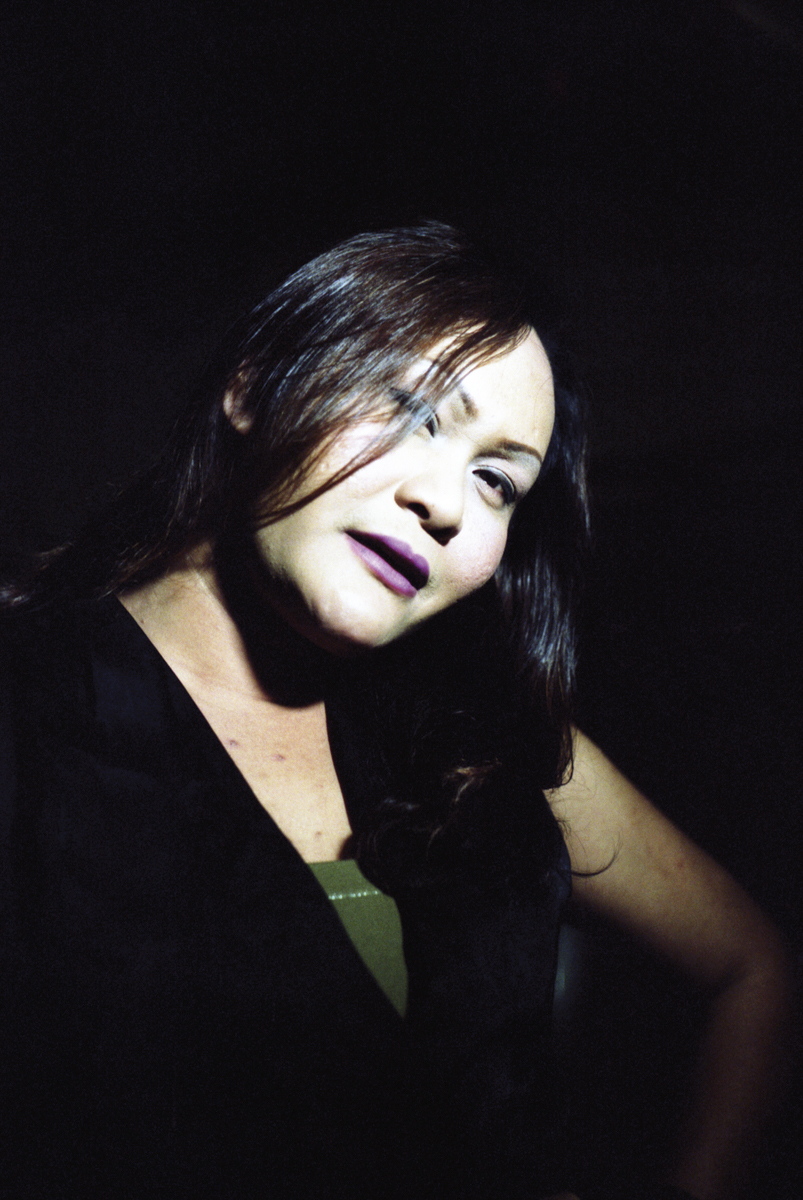
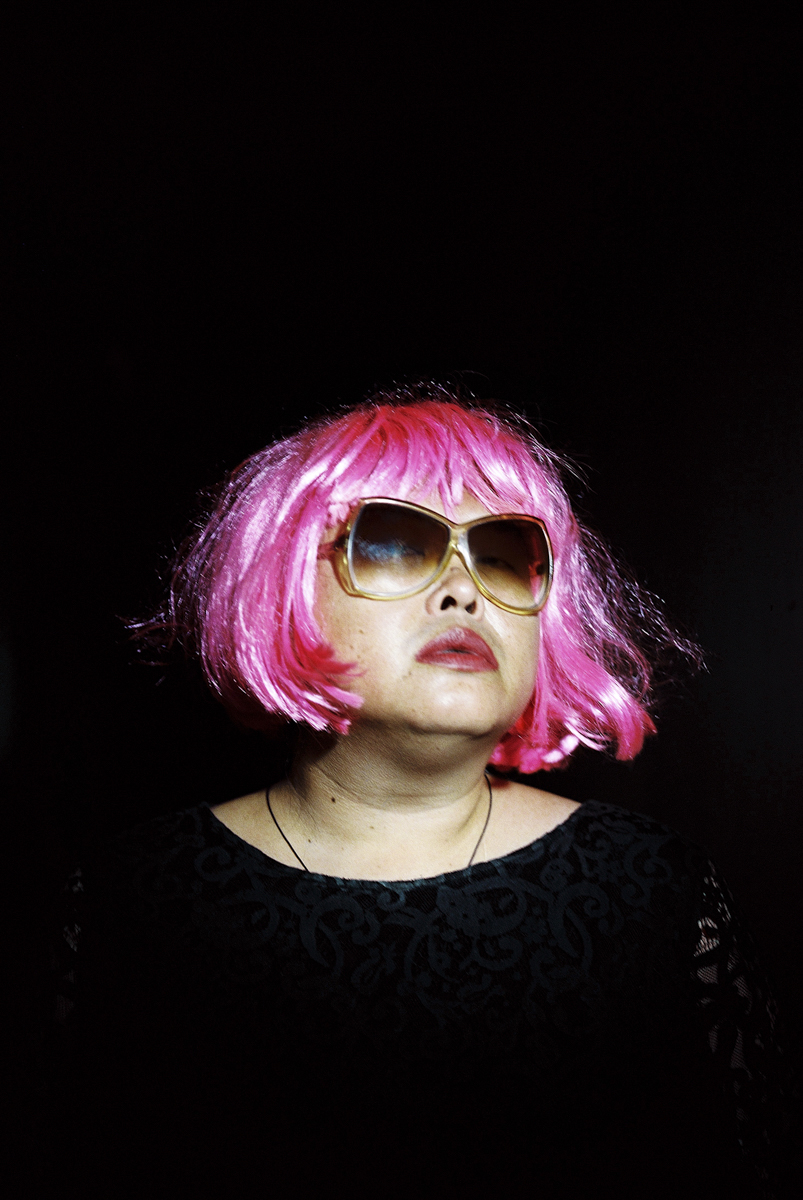
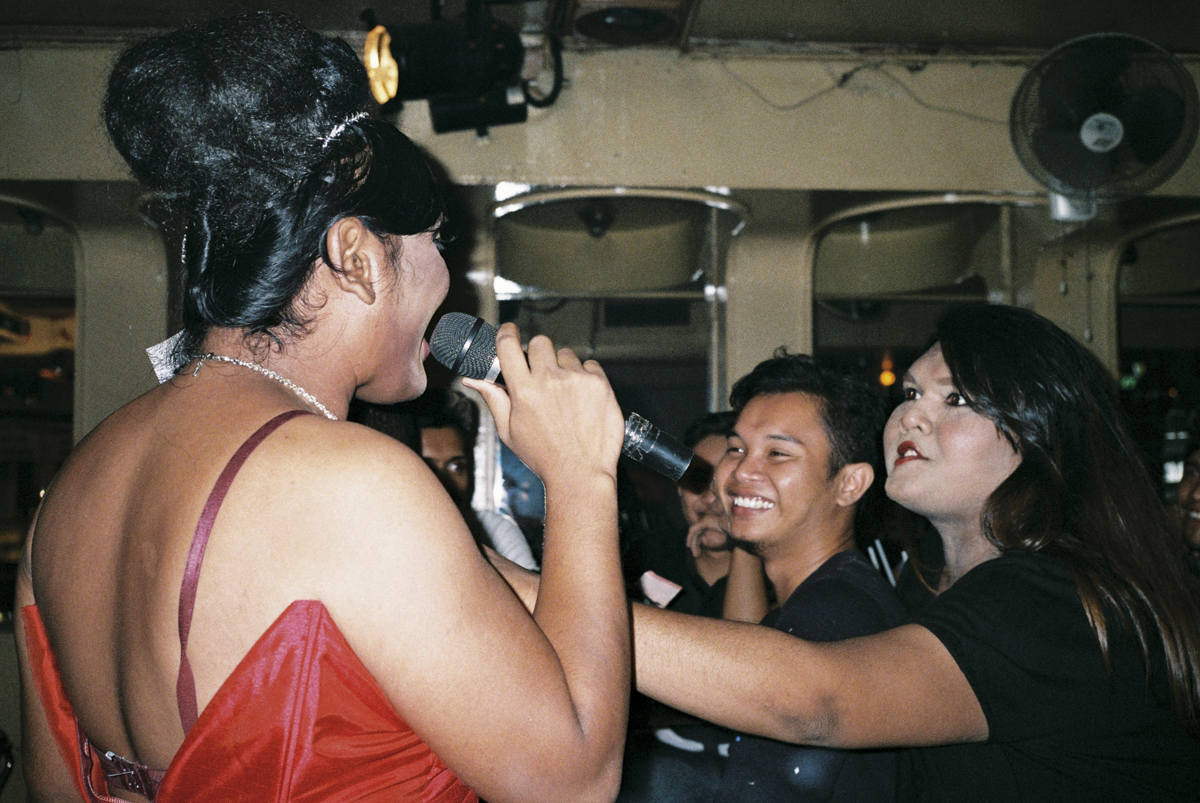
Did you wonder what (or why) do you take photos for?
Blanca: We do not intend to change the world with images, it is quite complicated and pretentious. But we were interested in generating debate. Make it something that I can teach my grandmother and she can give her opinion. That is important to us. The search can become more sophisticated but it is very important that the images are powerful, well done and speak for themselves.
